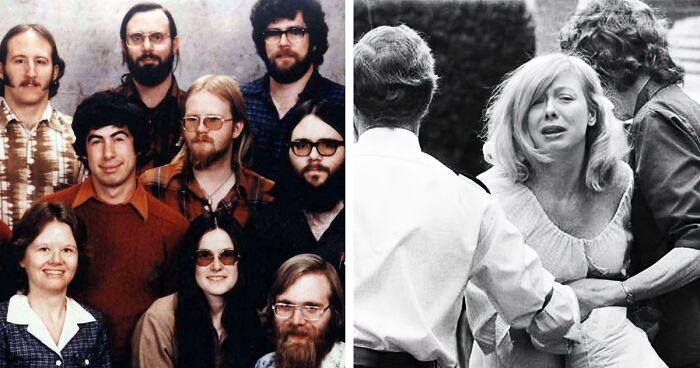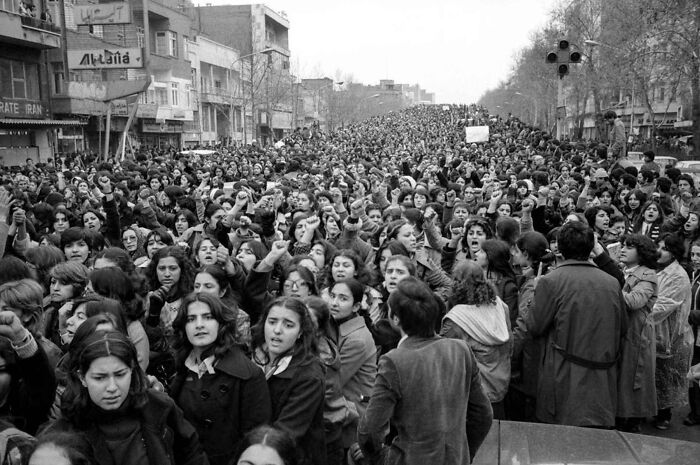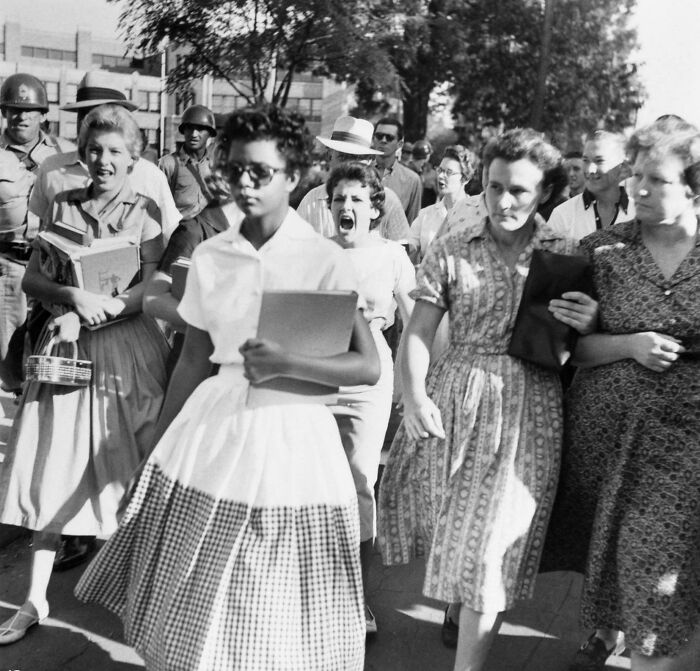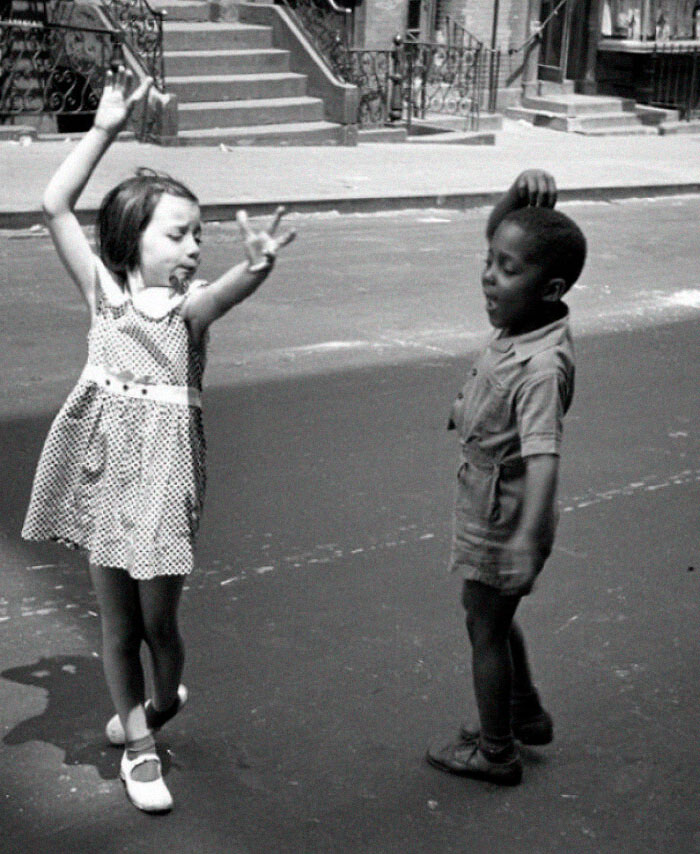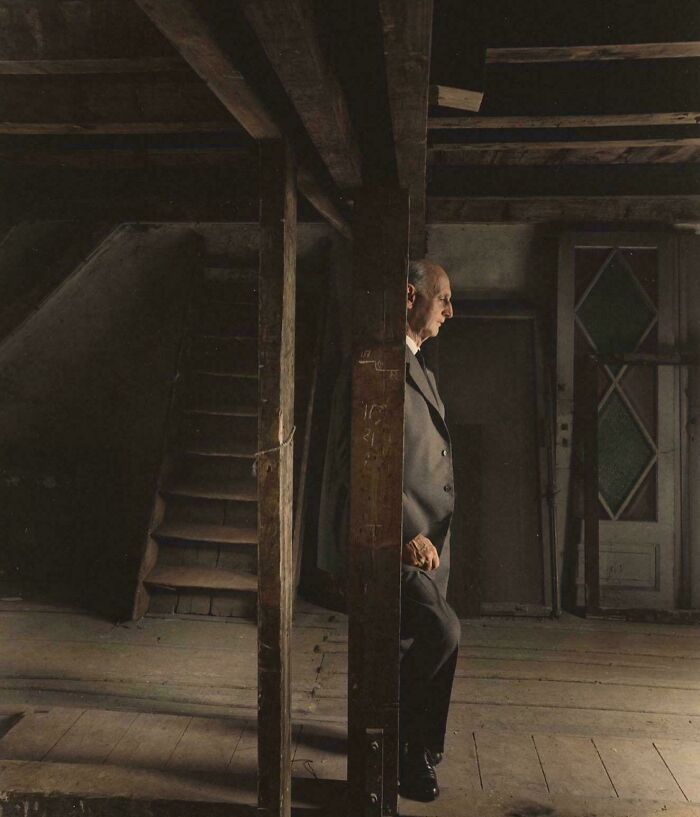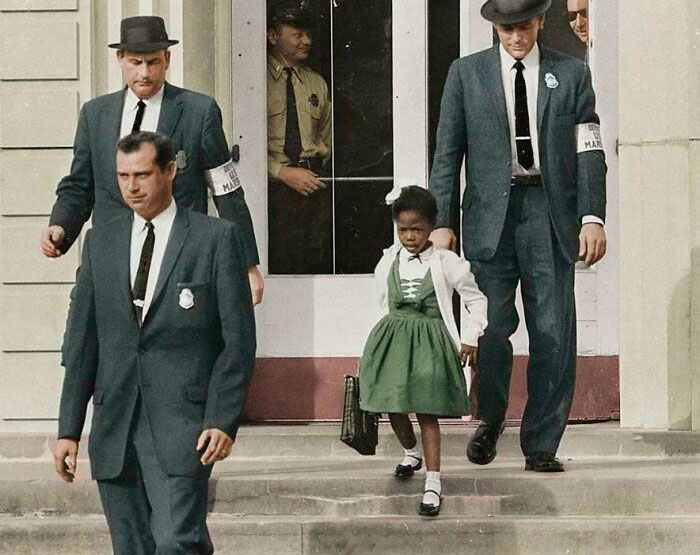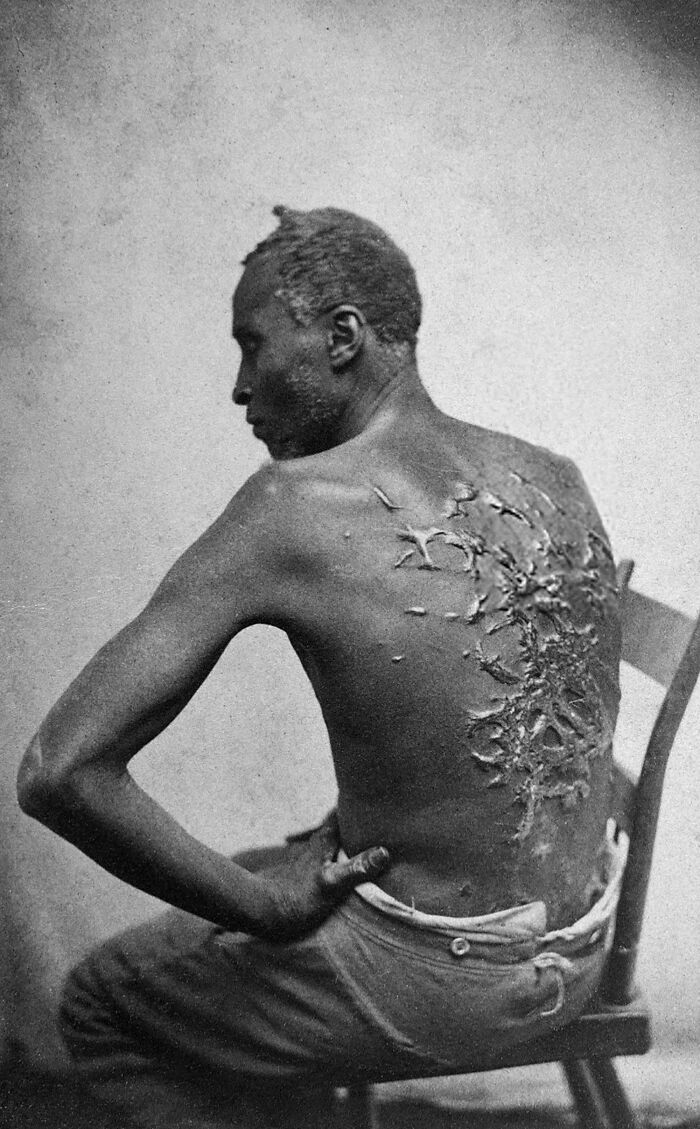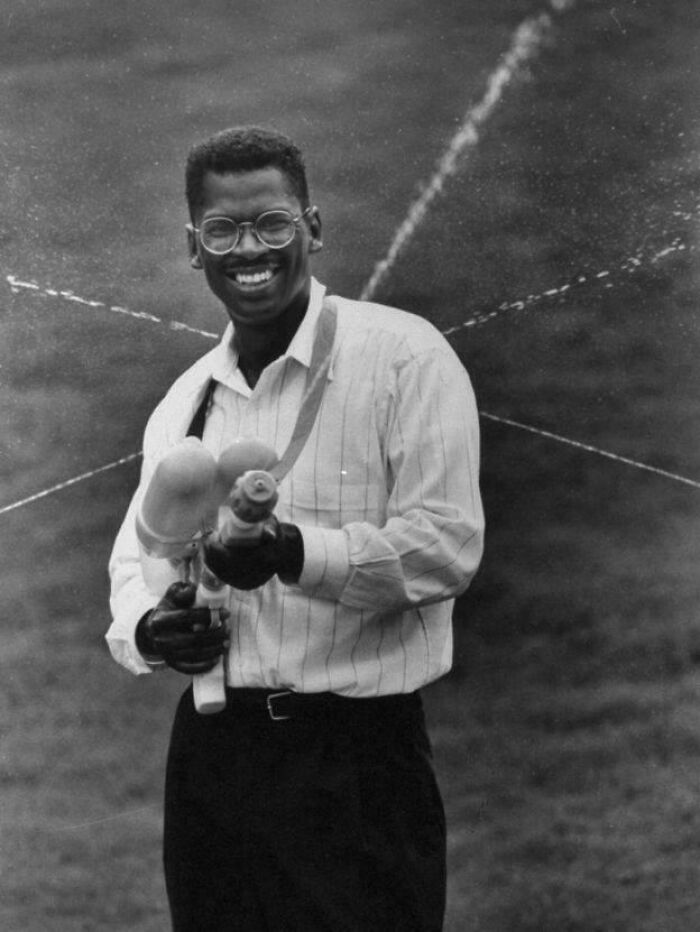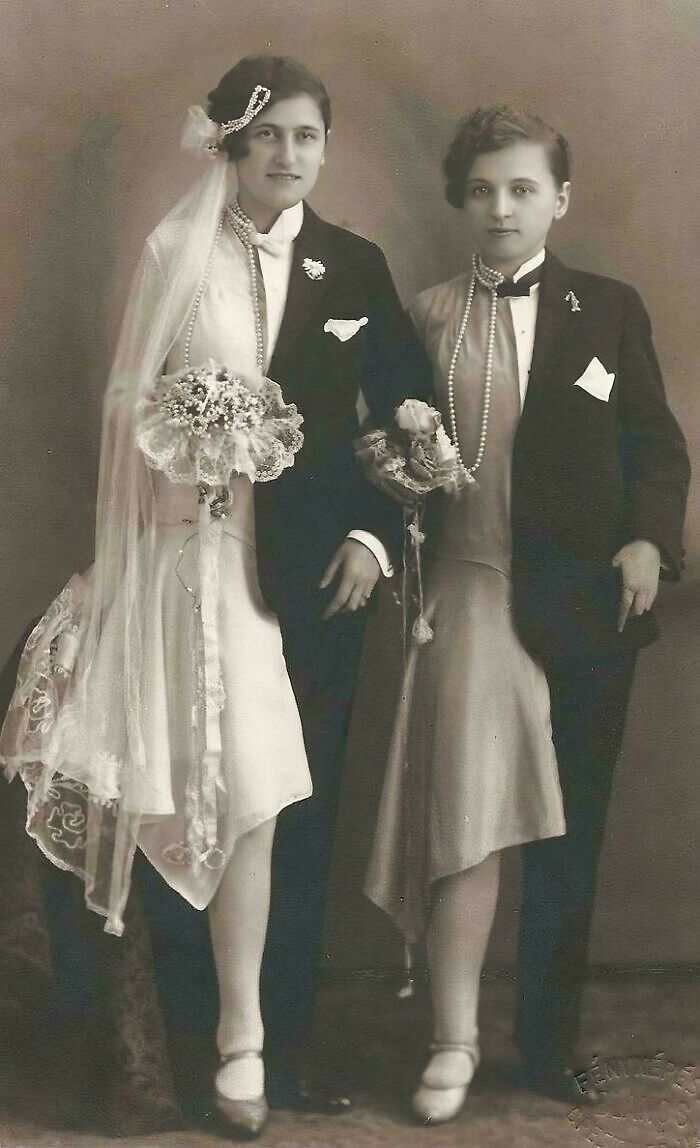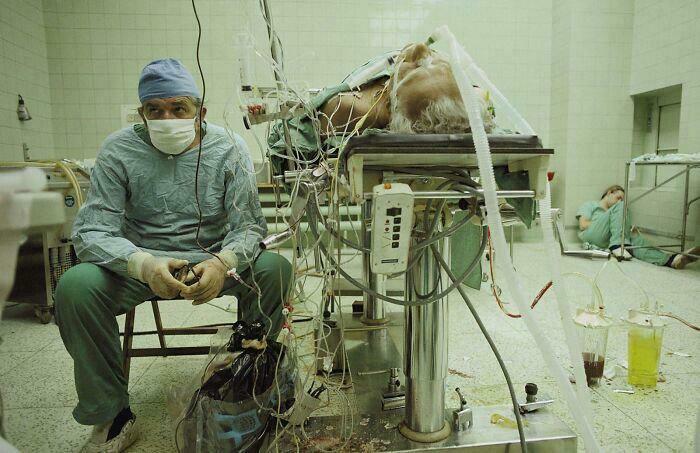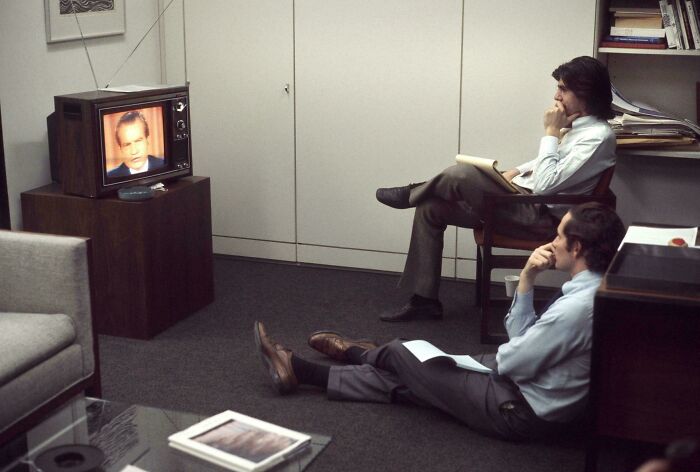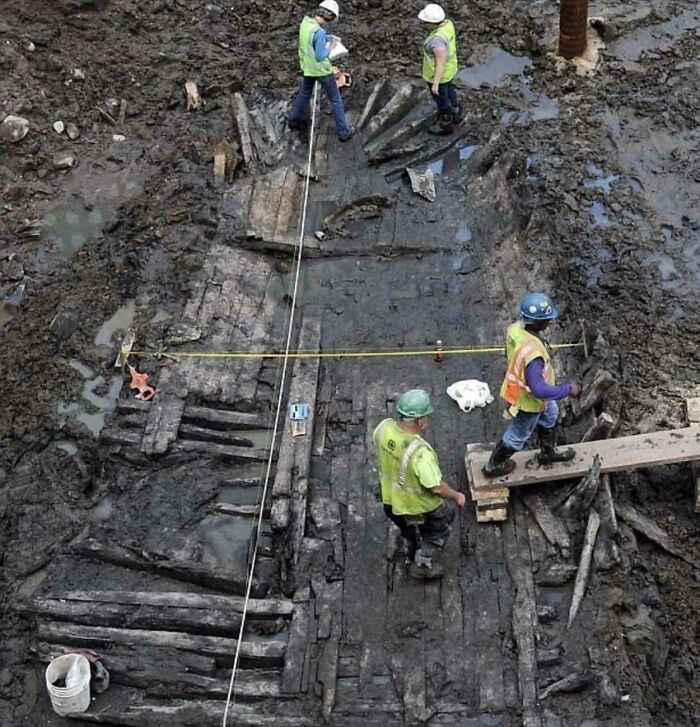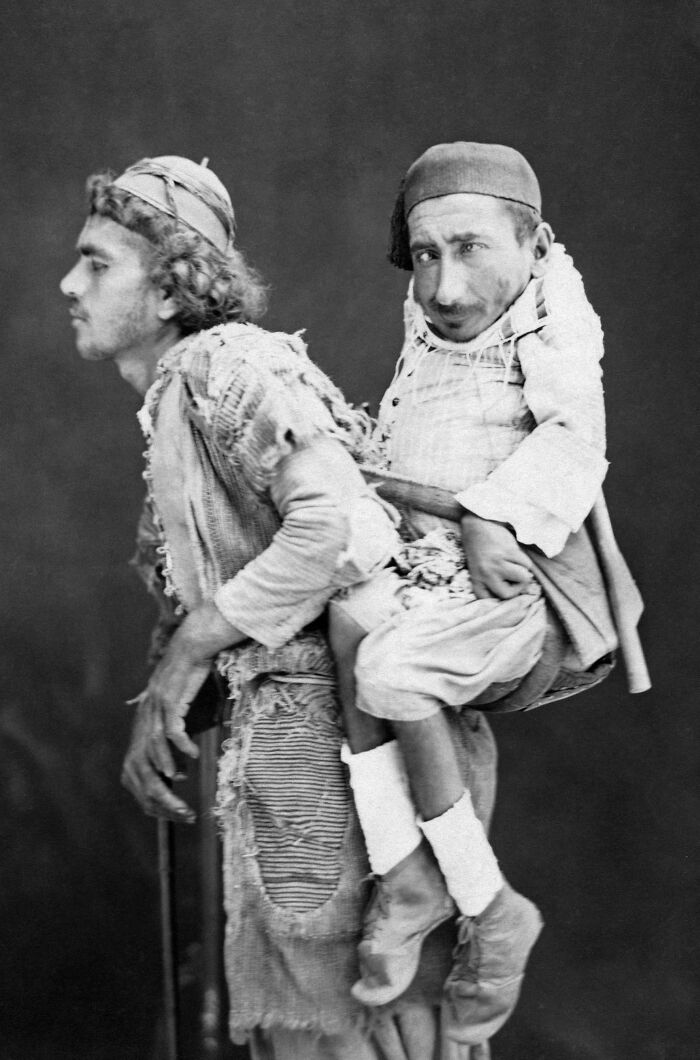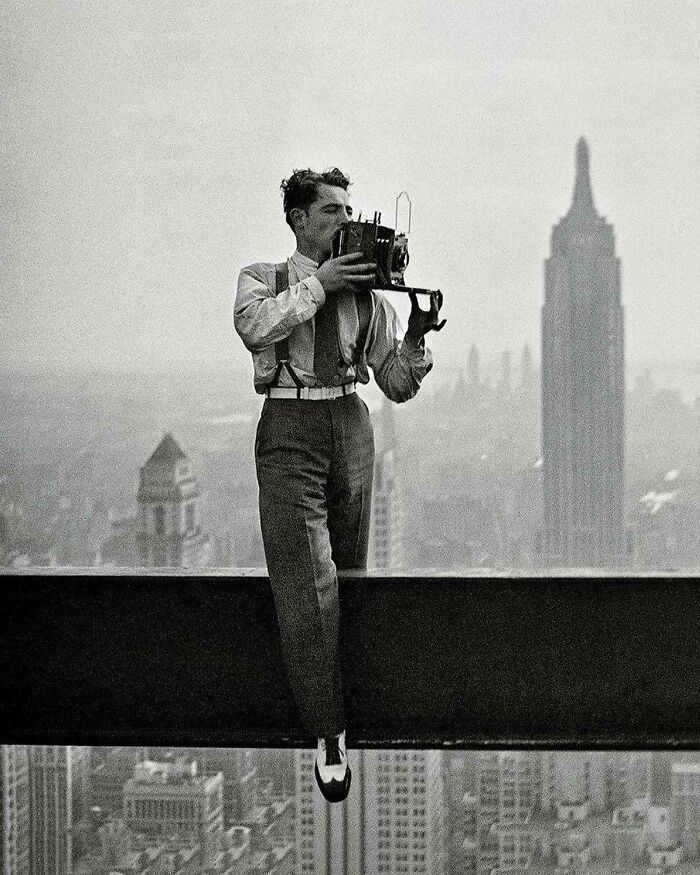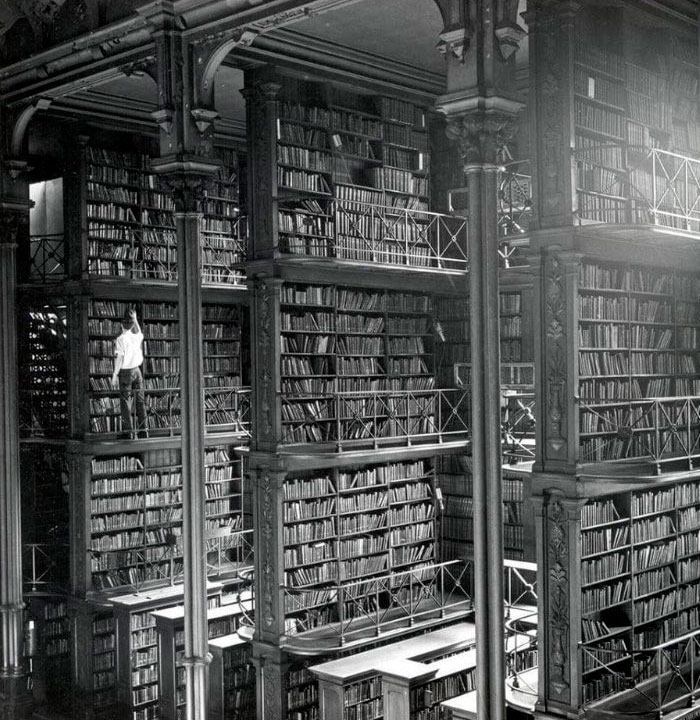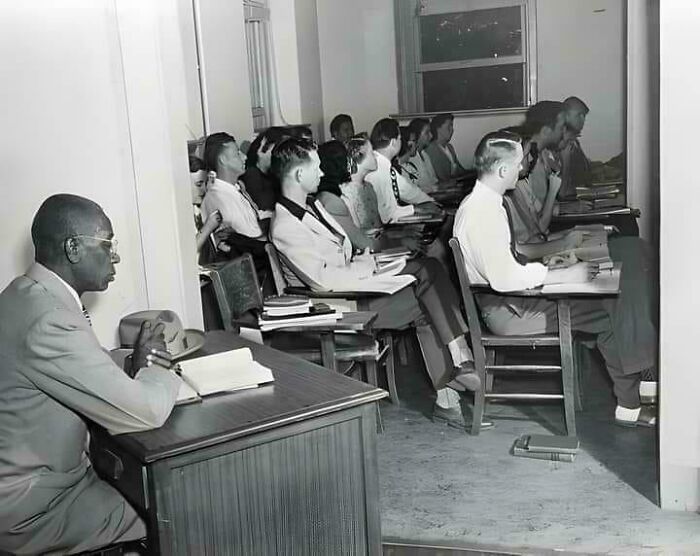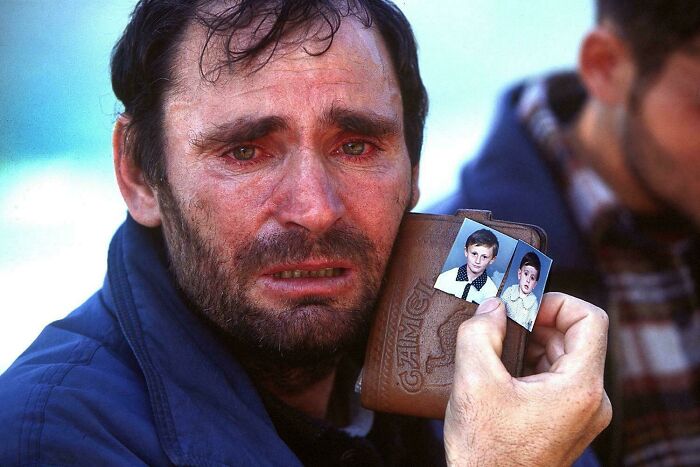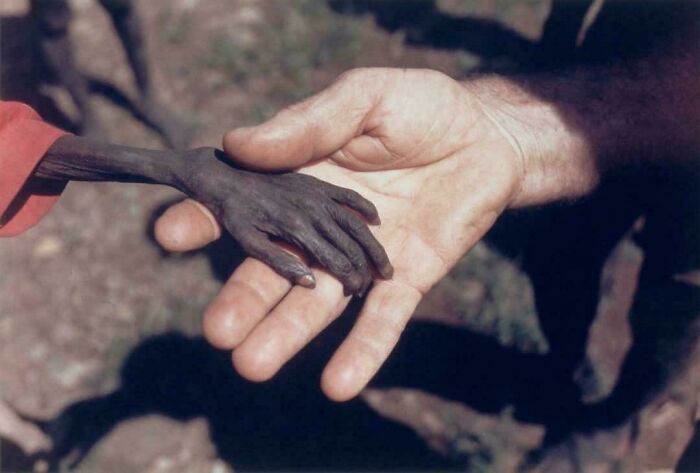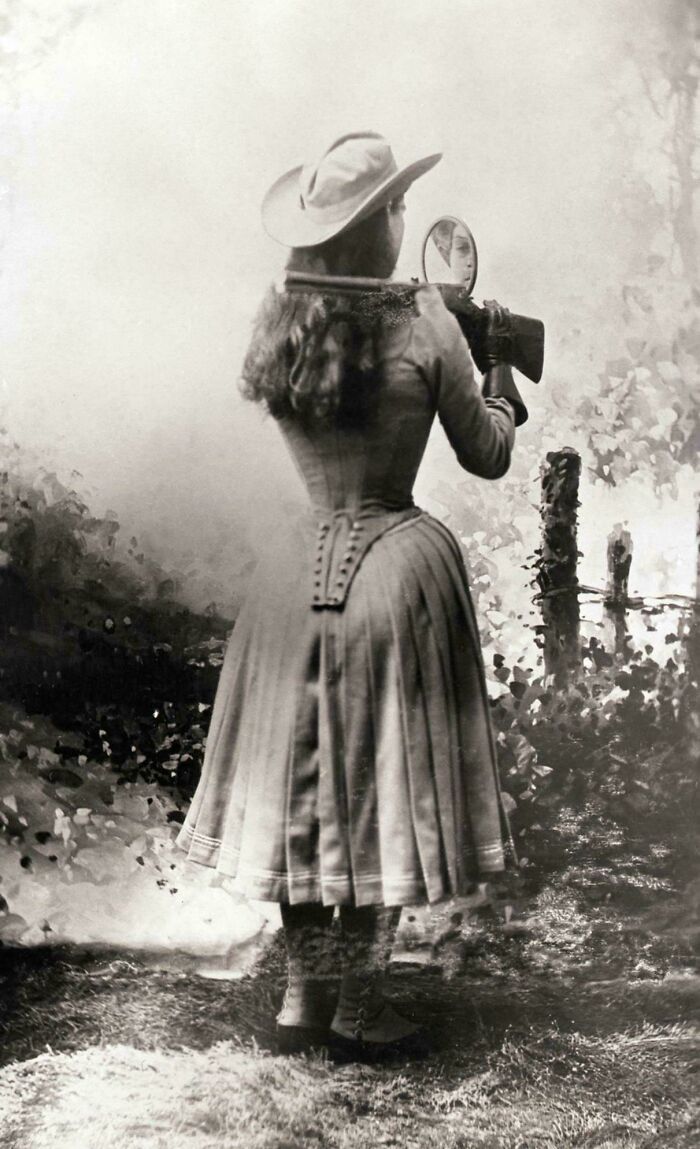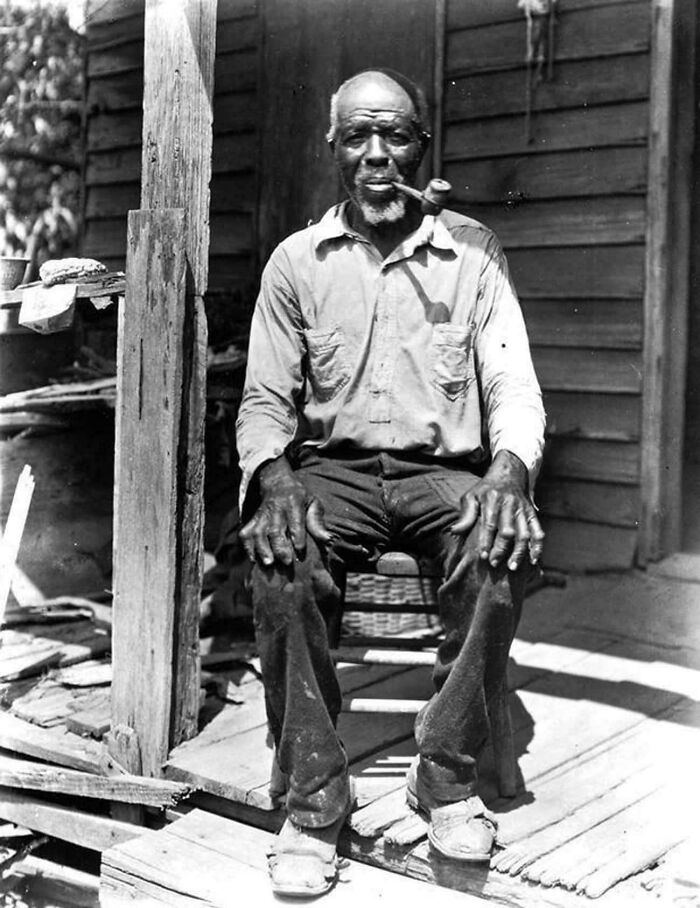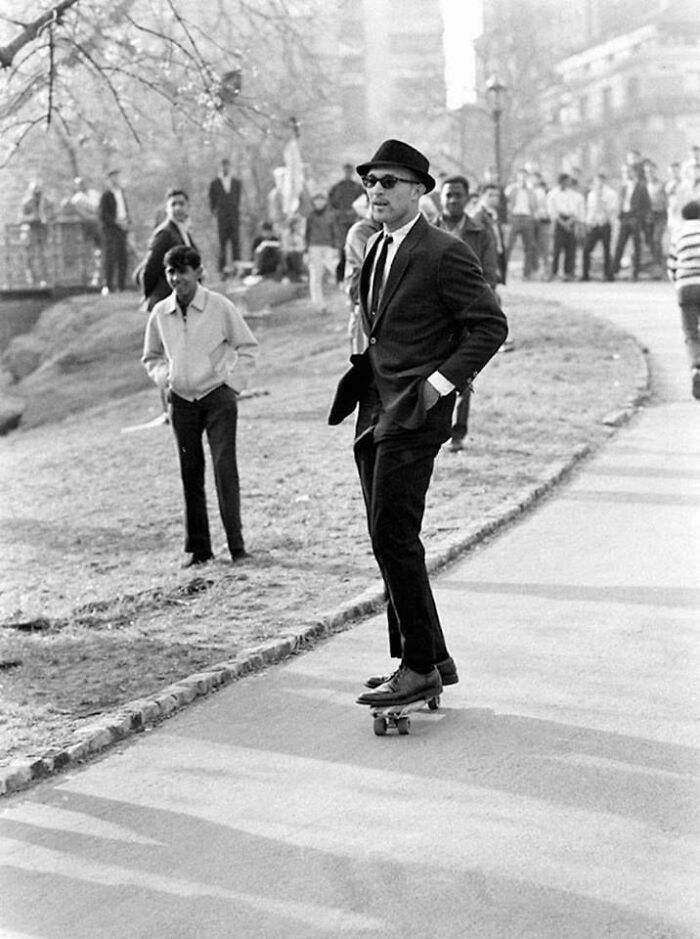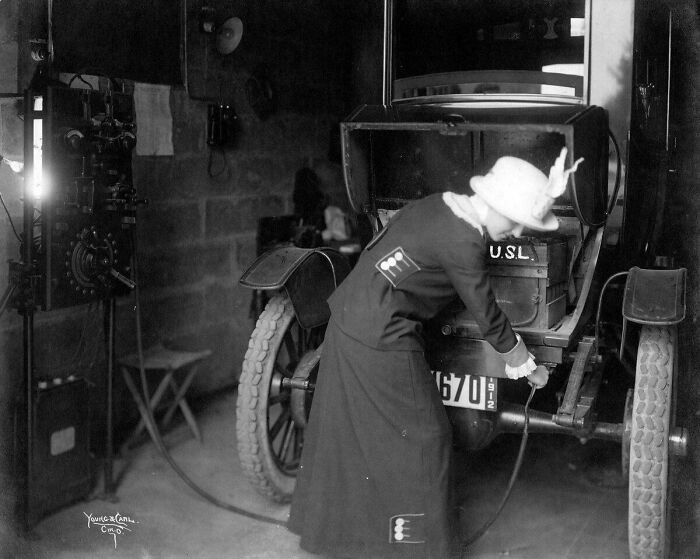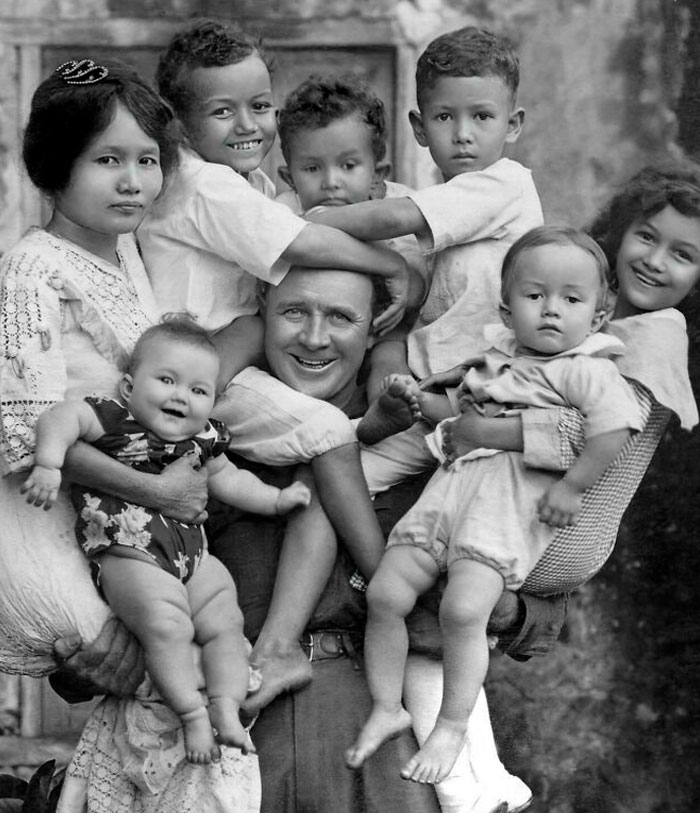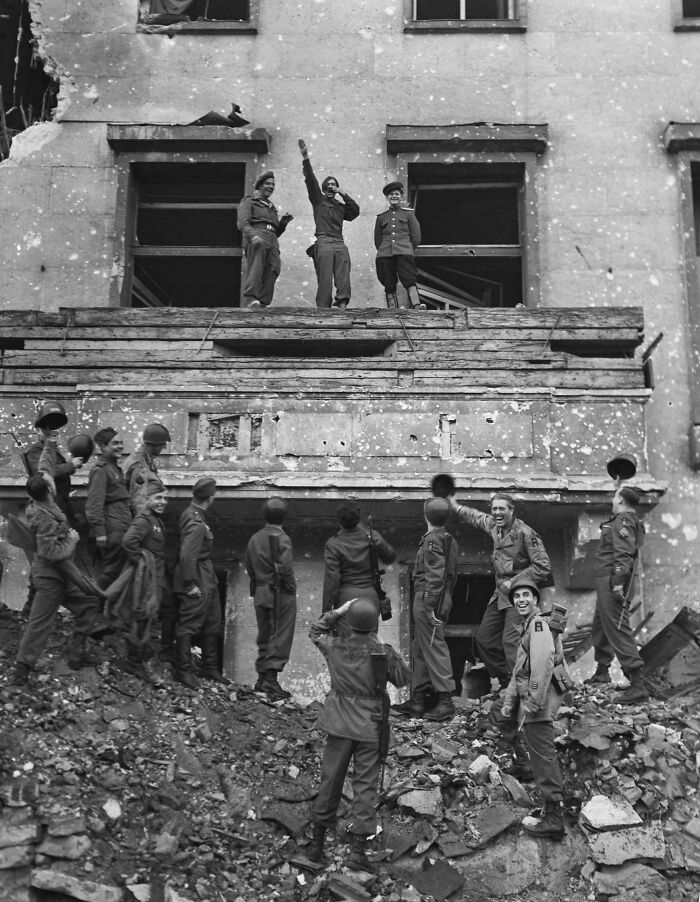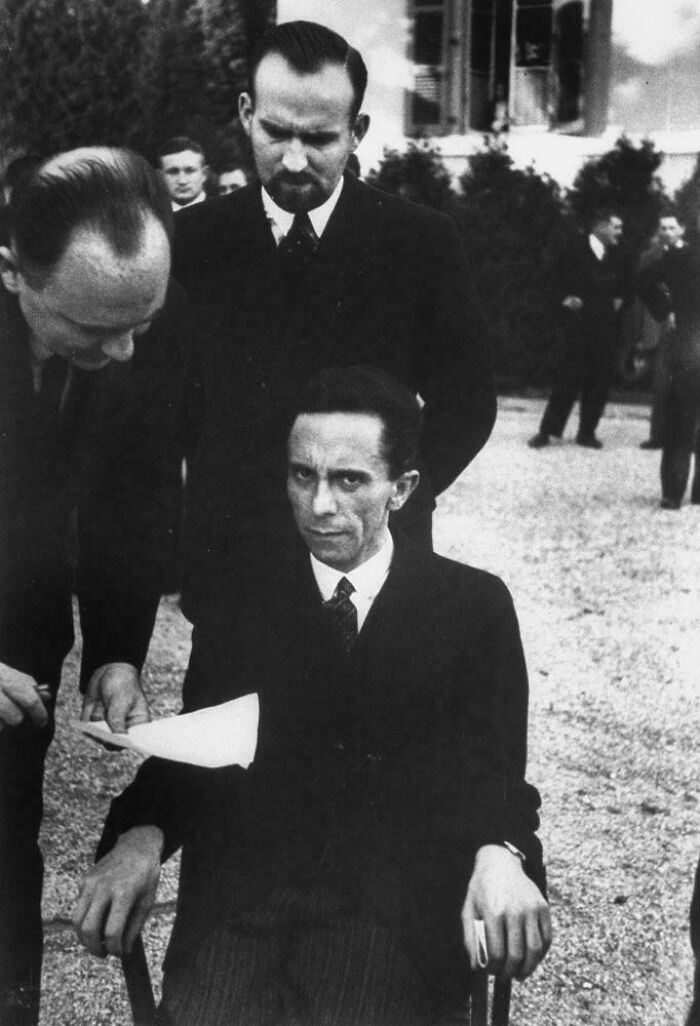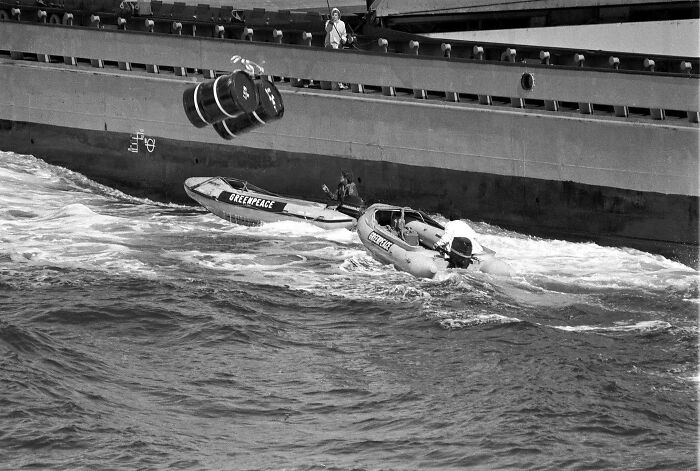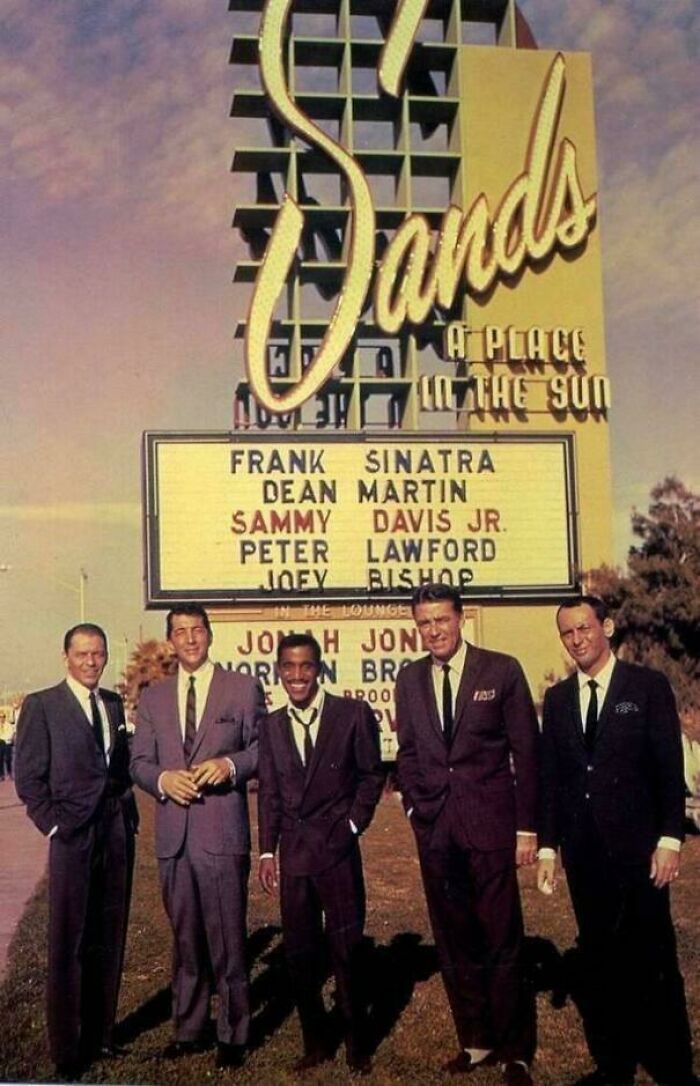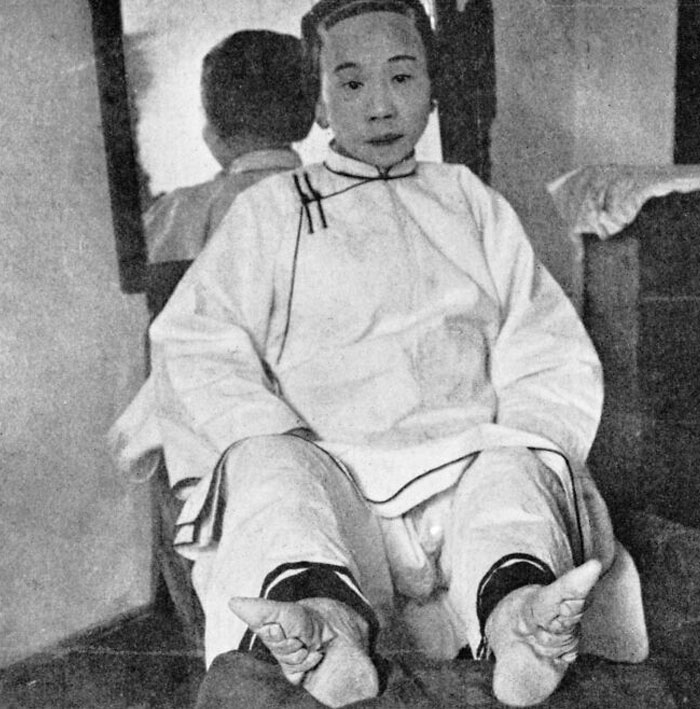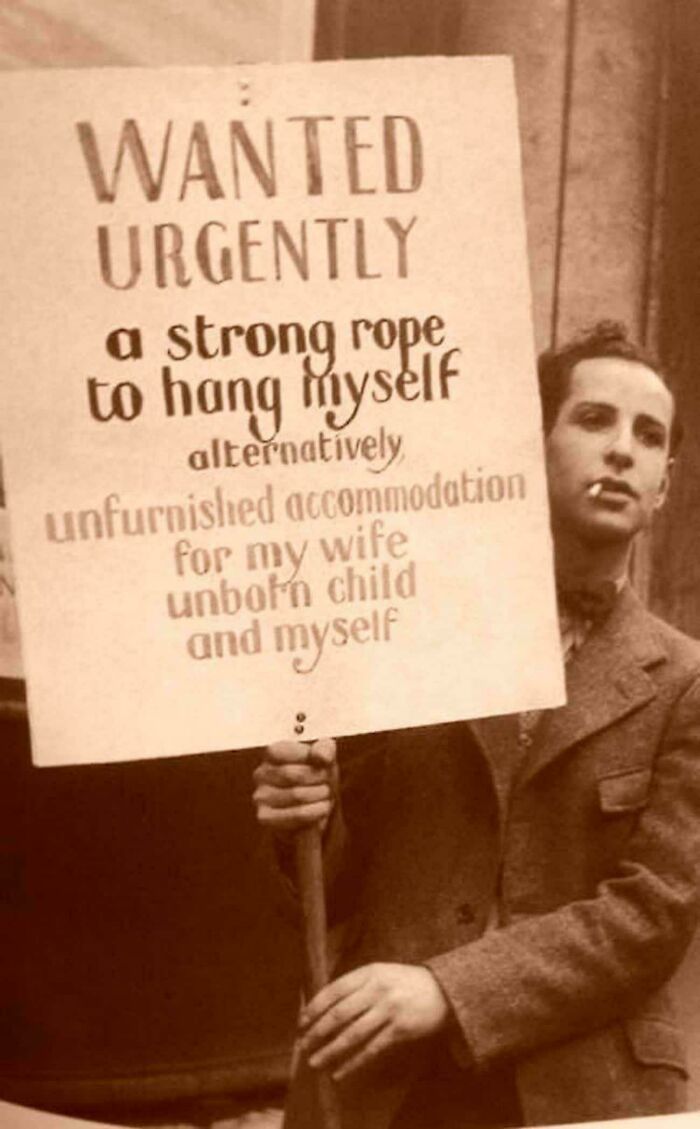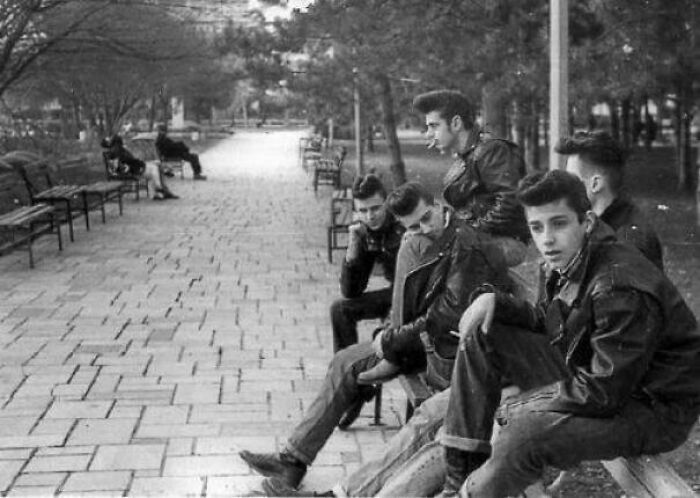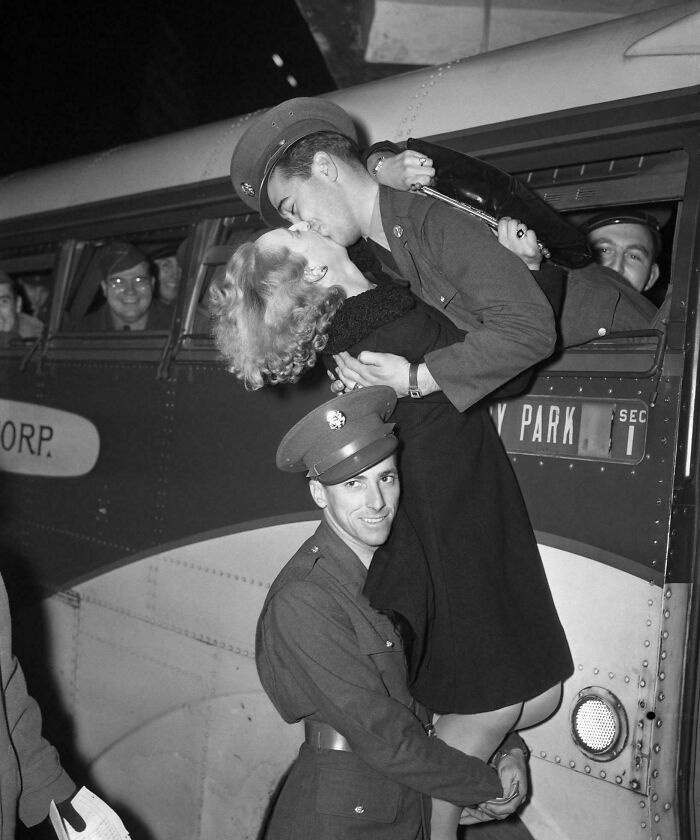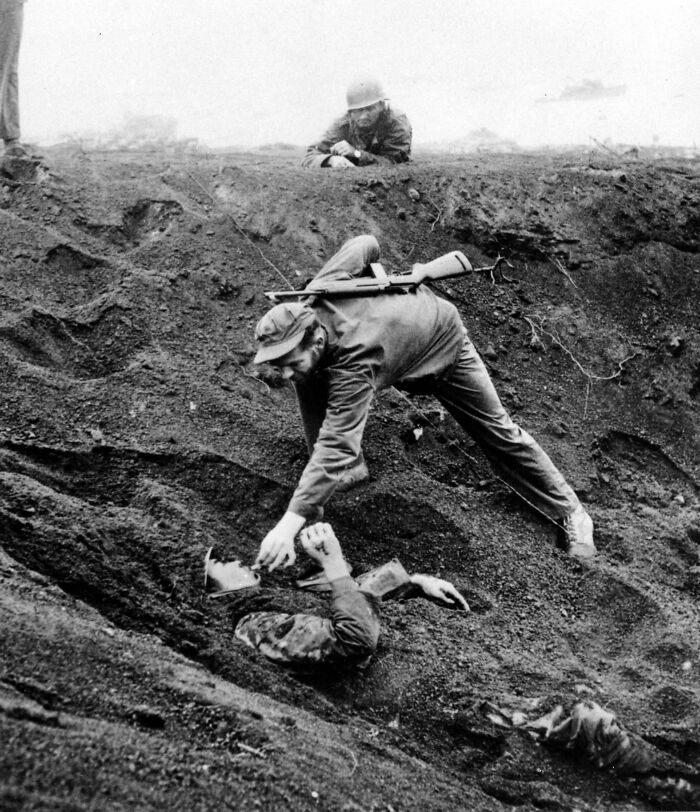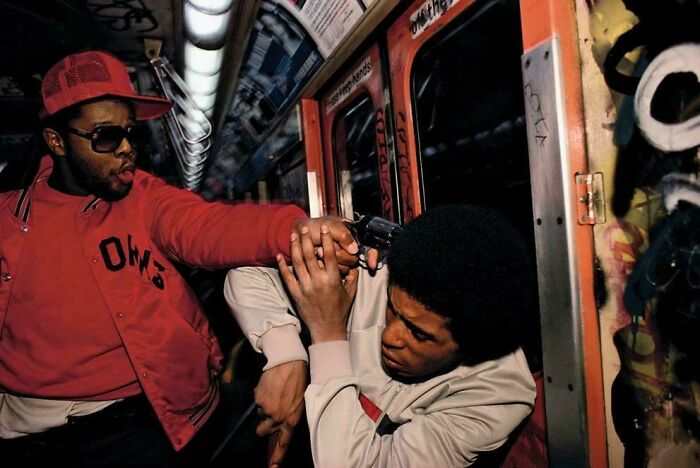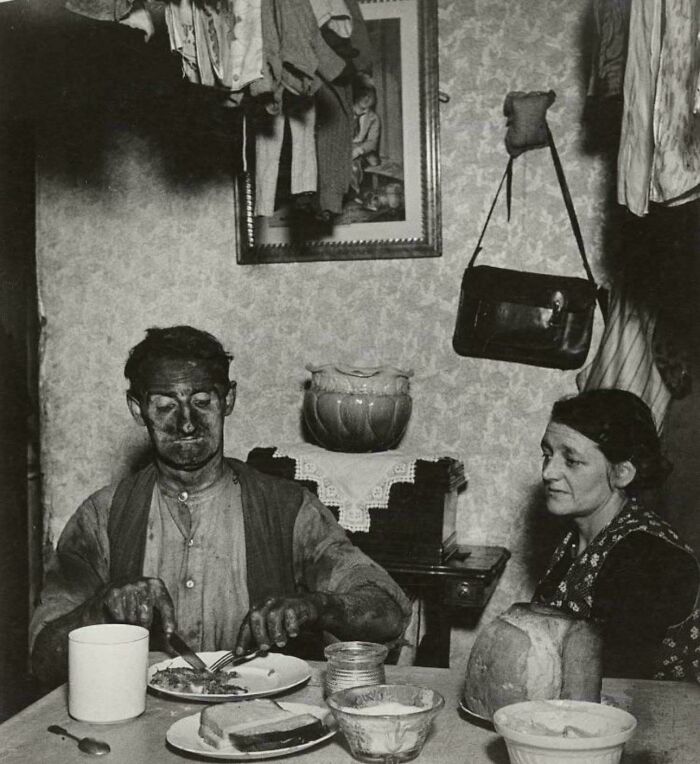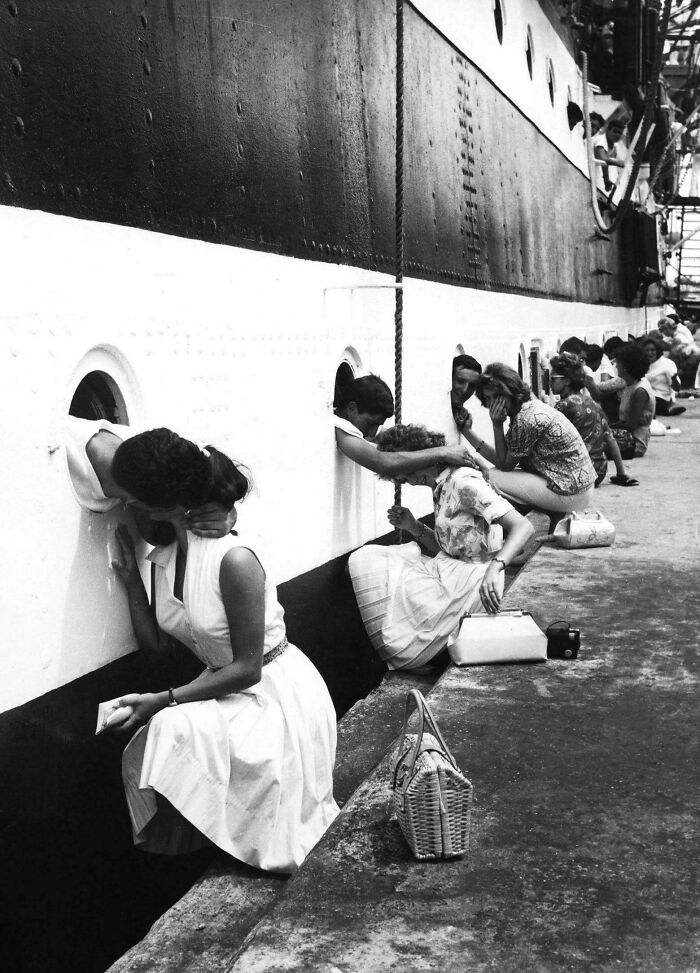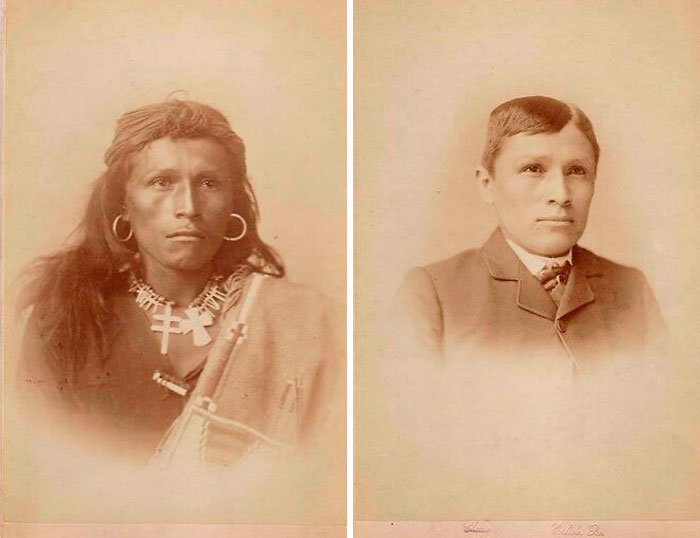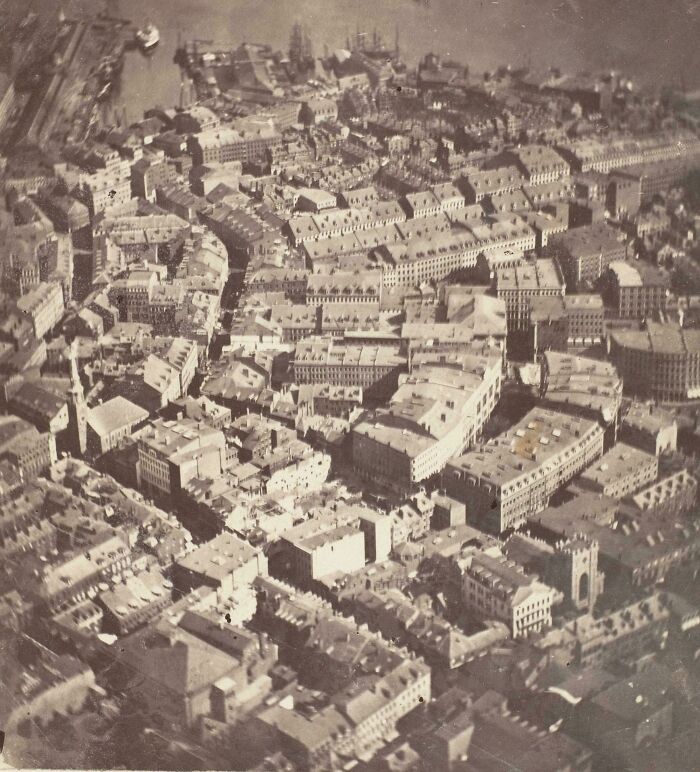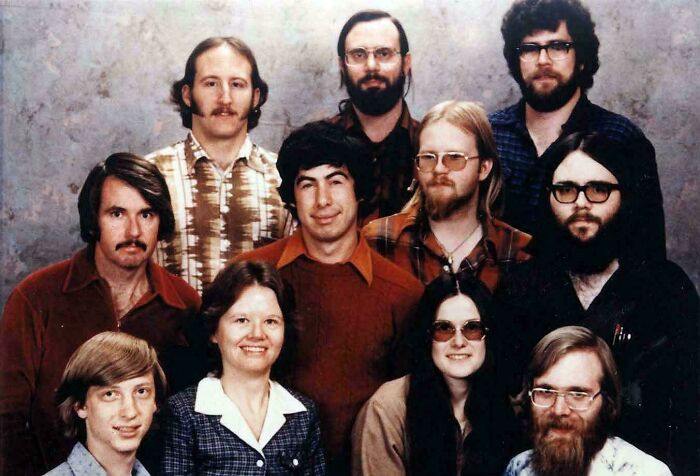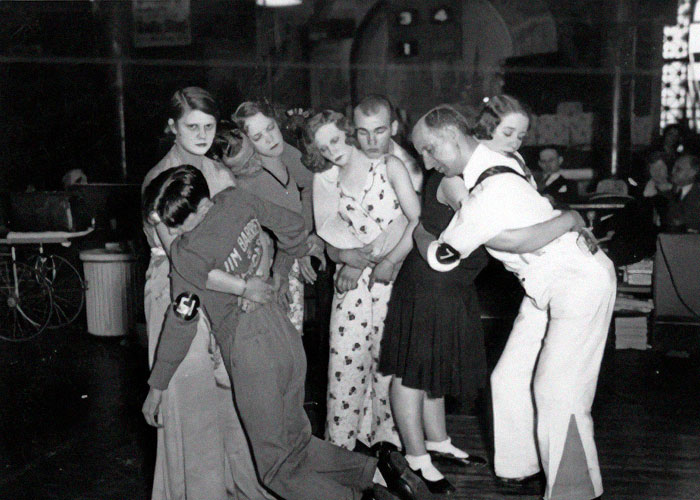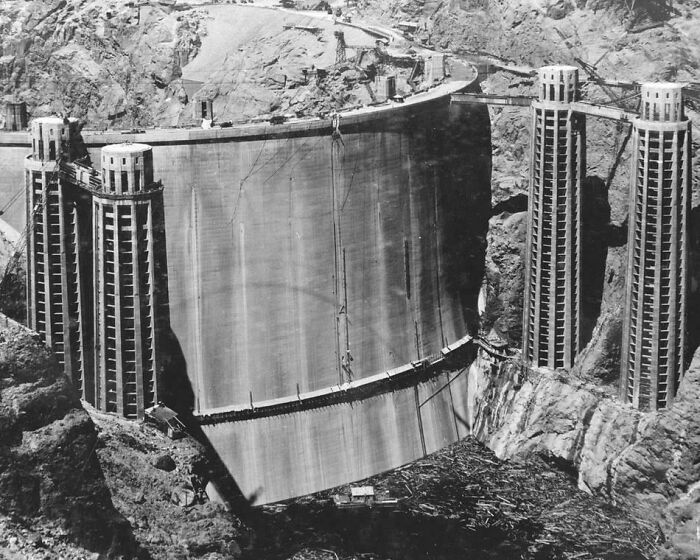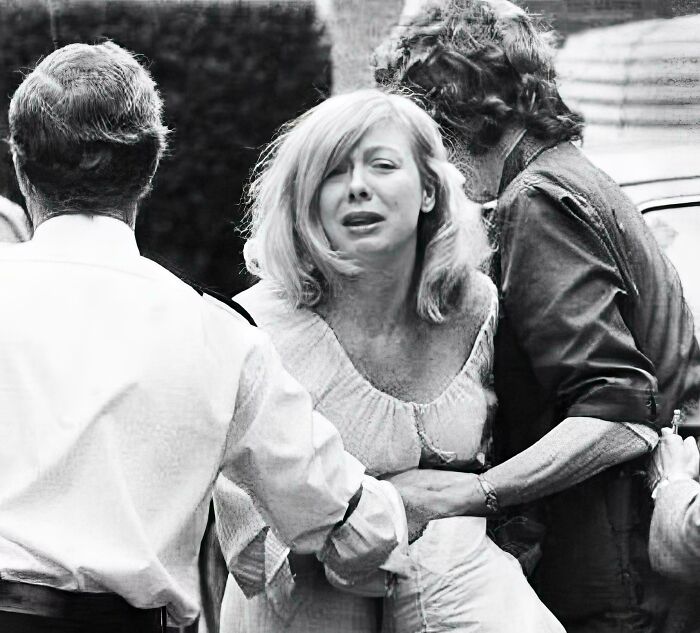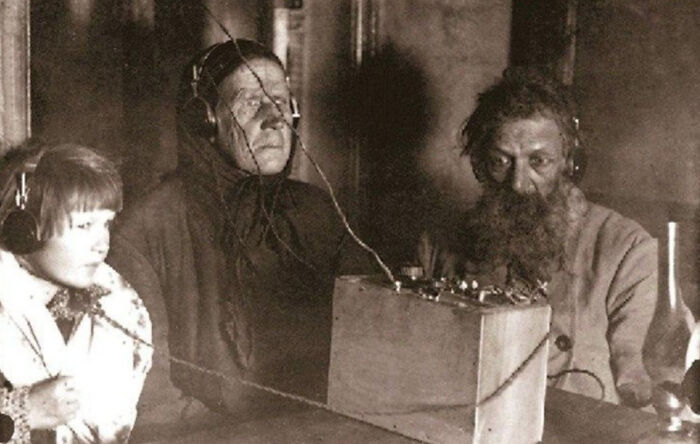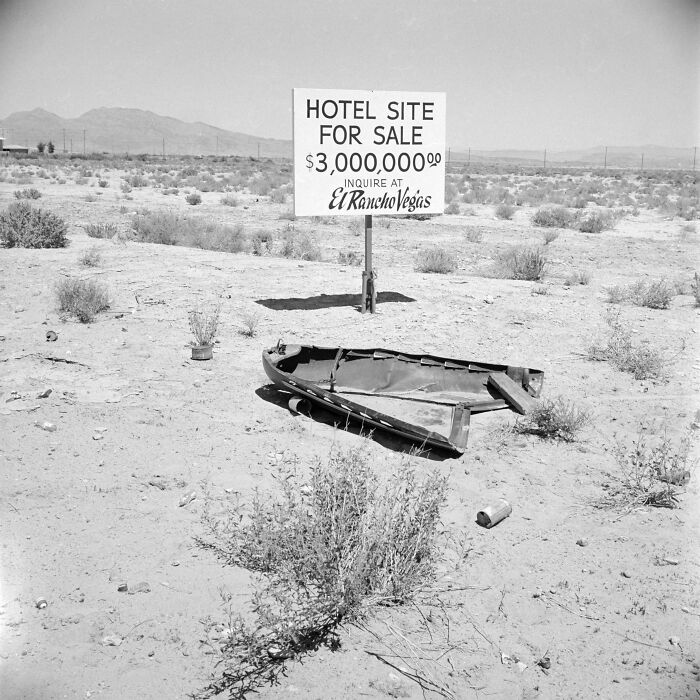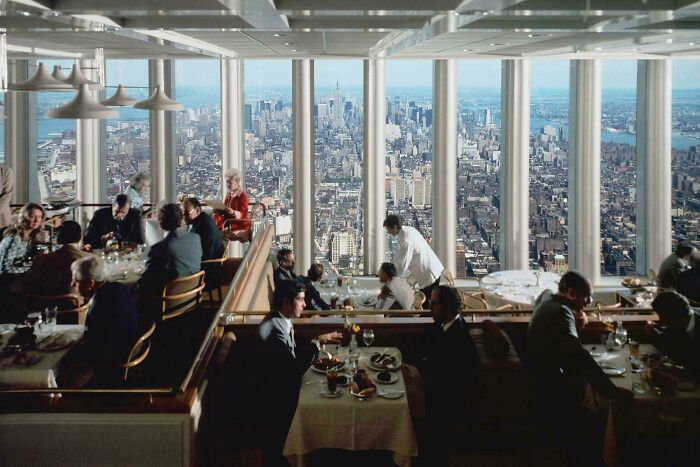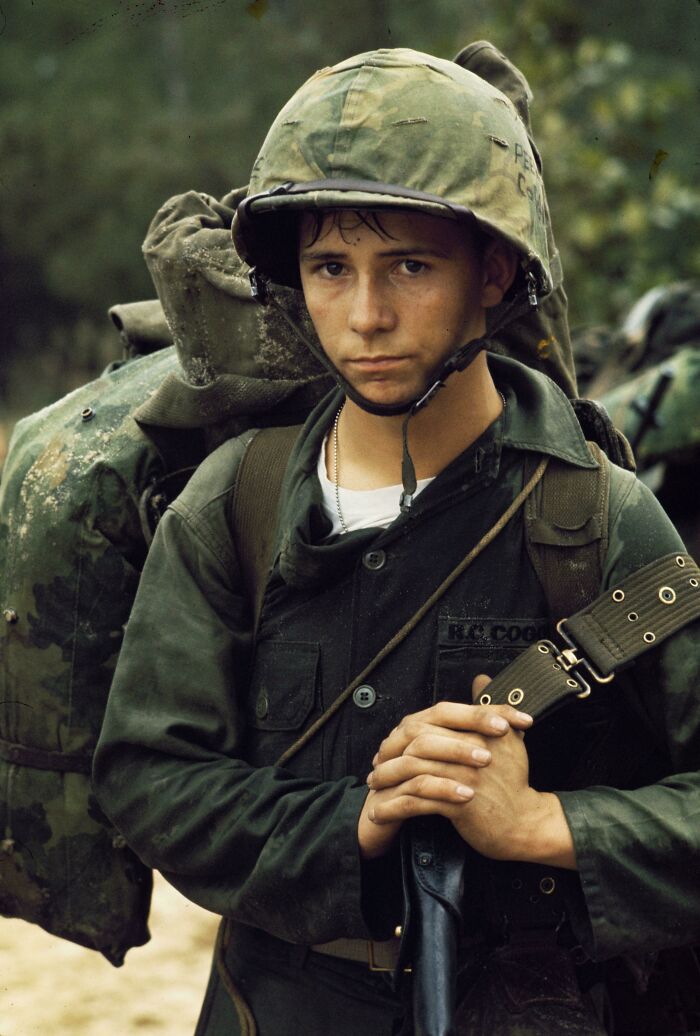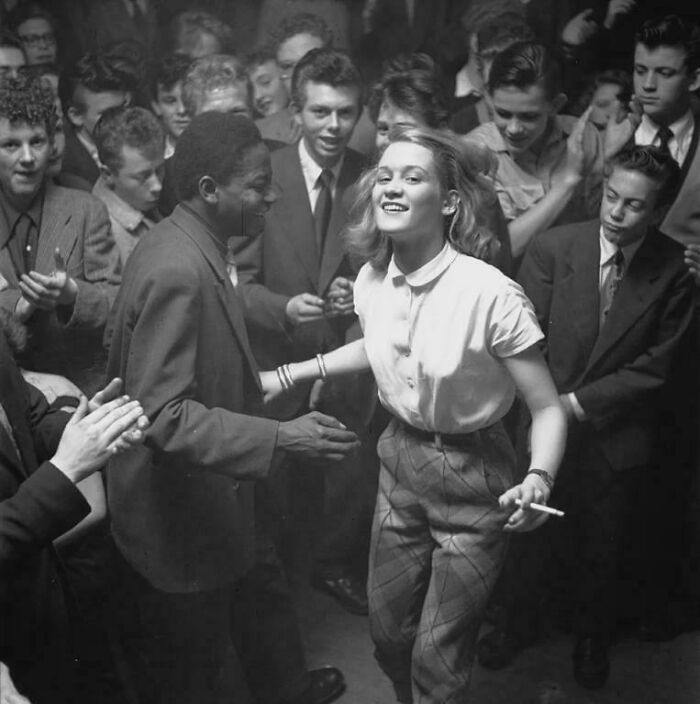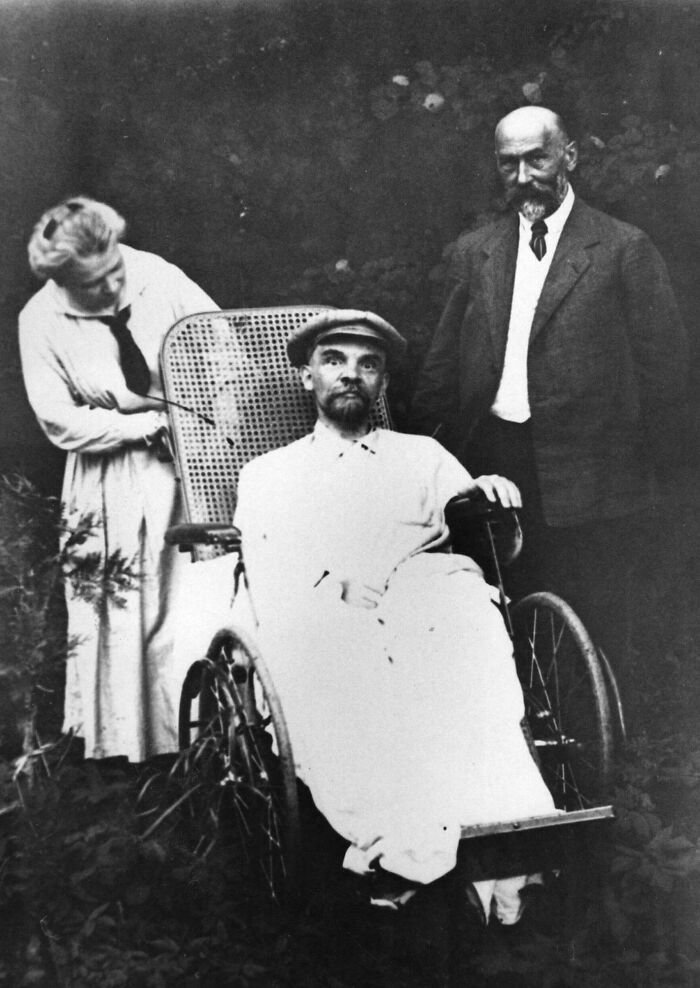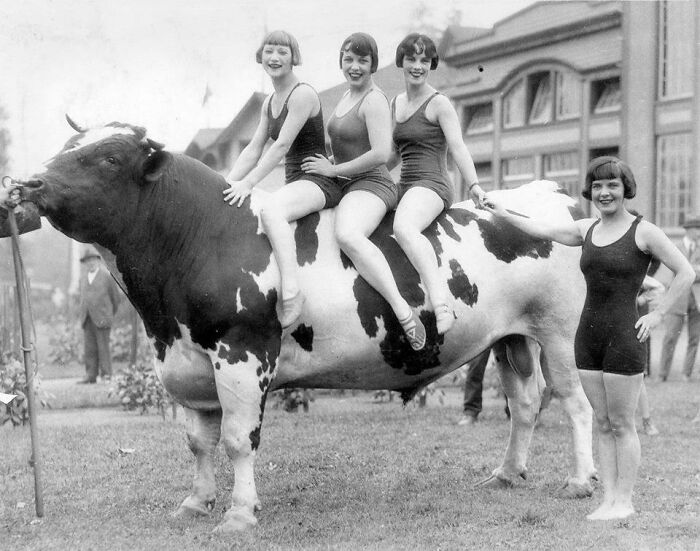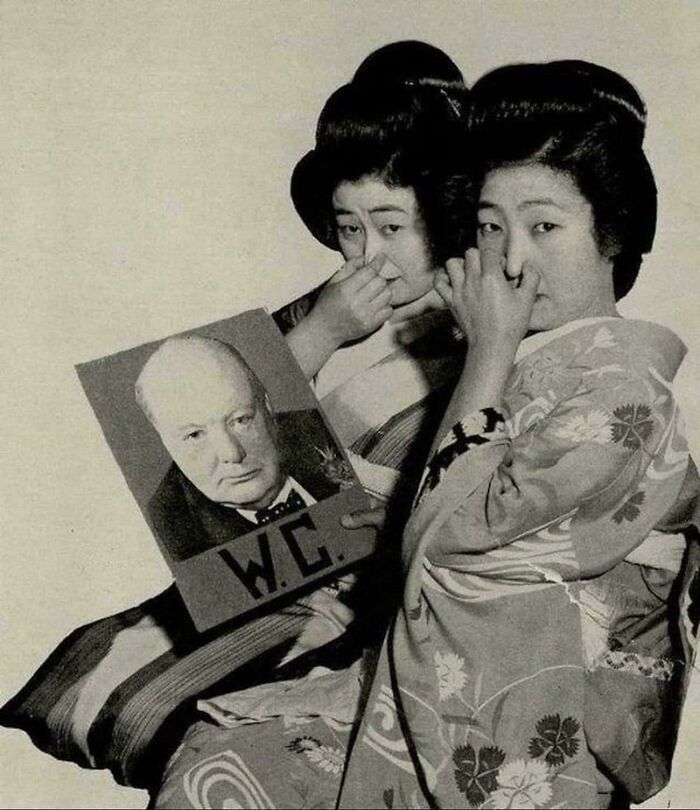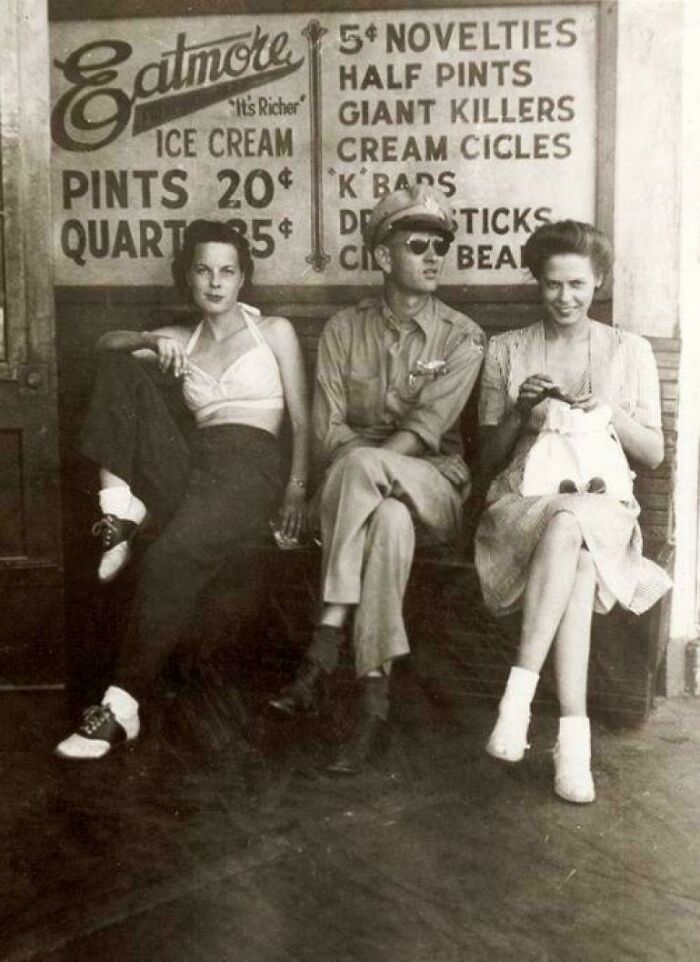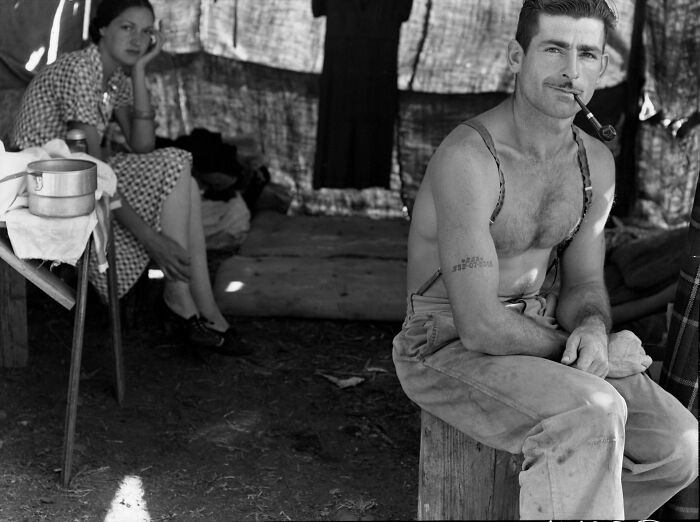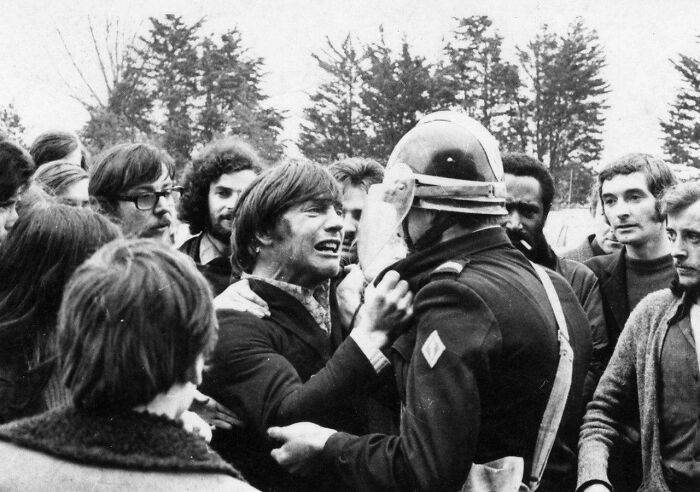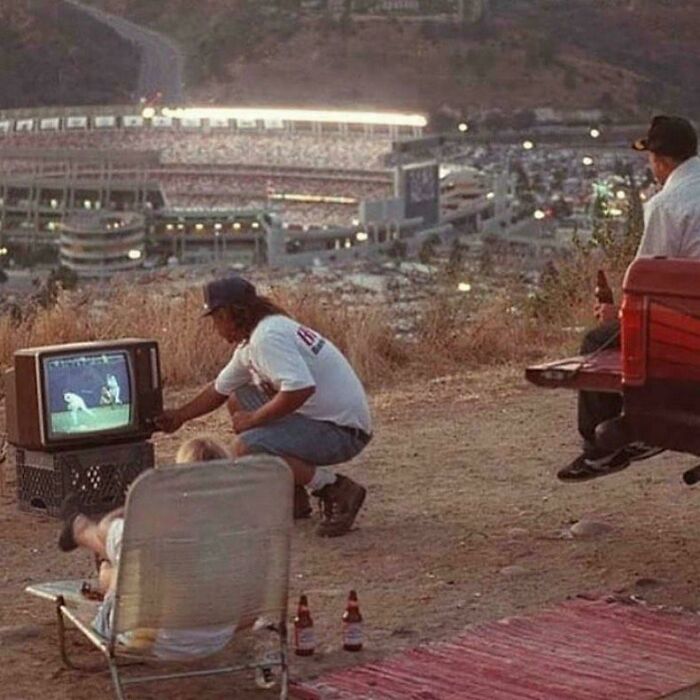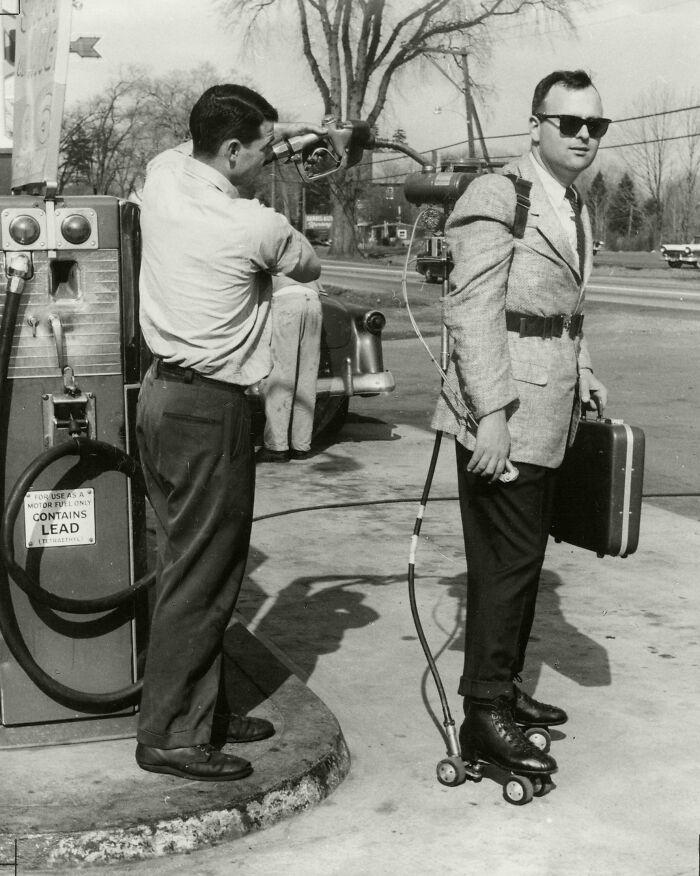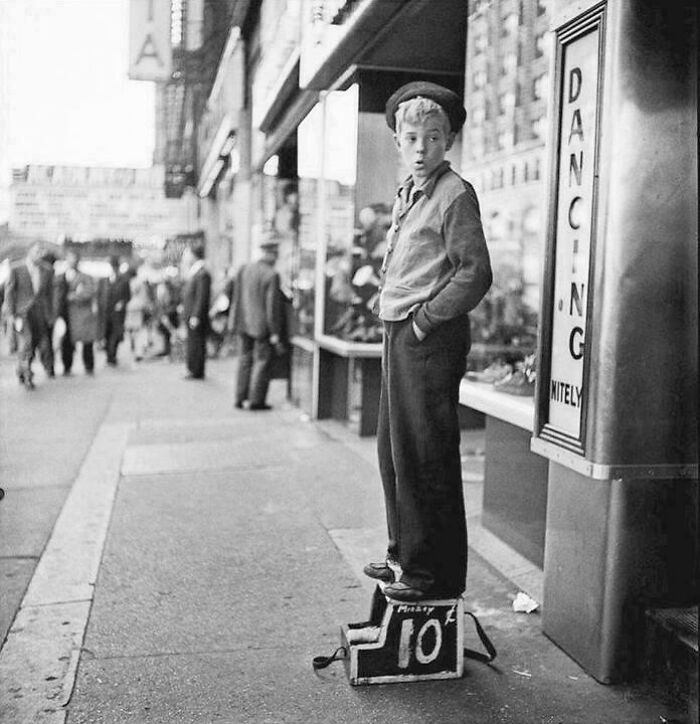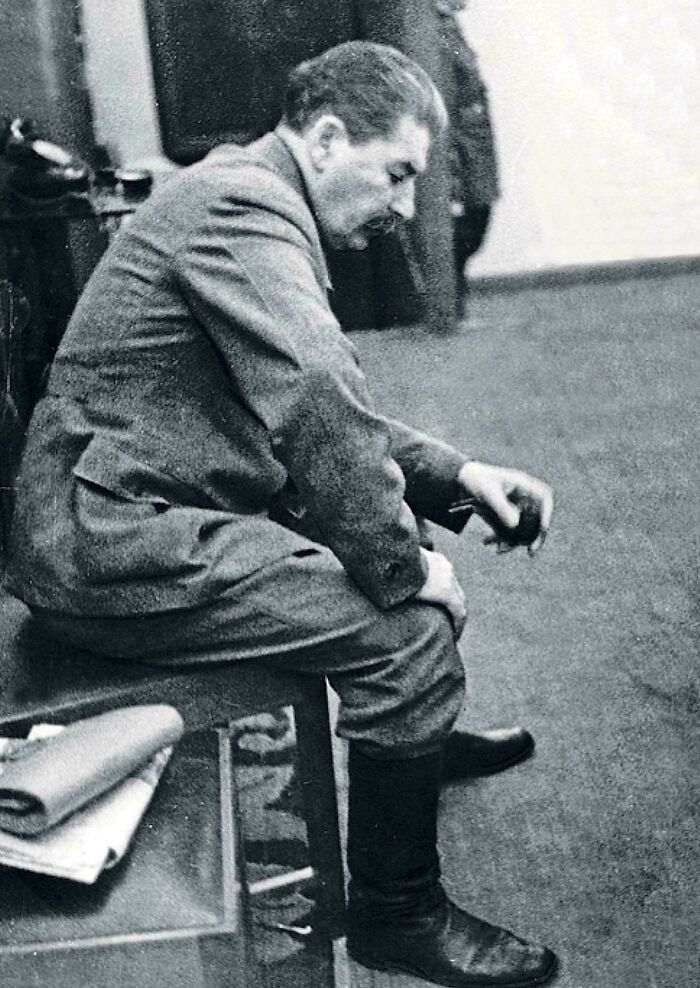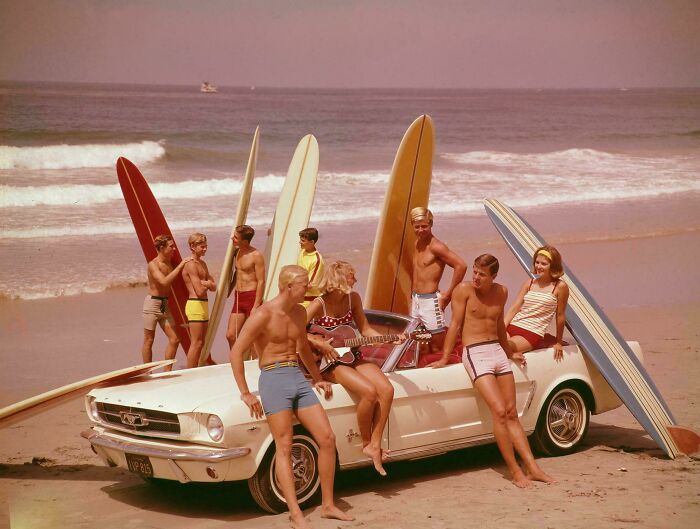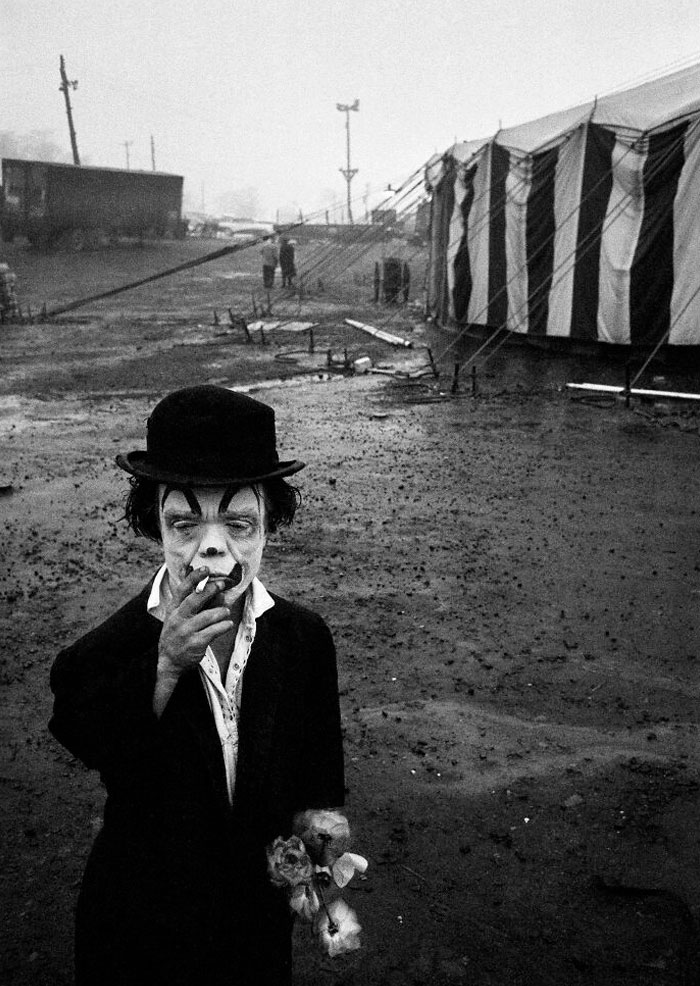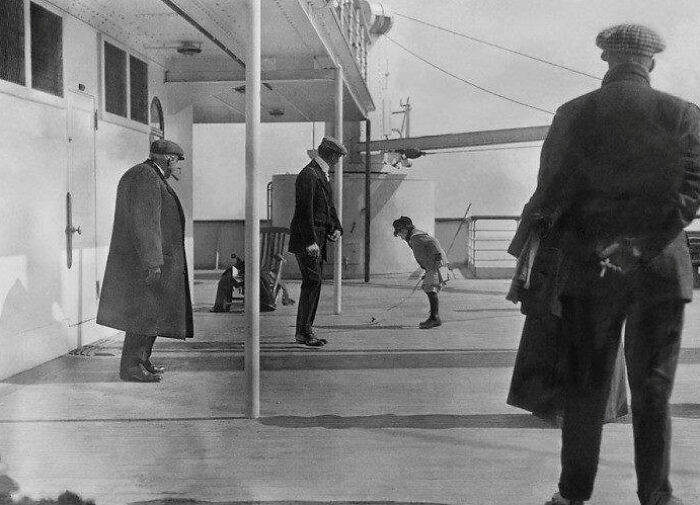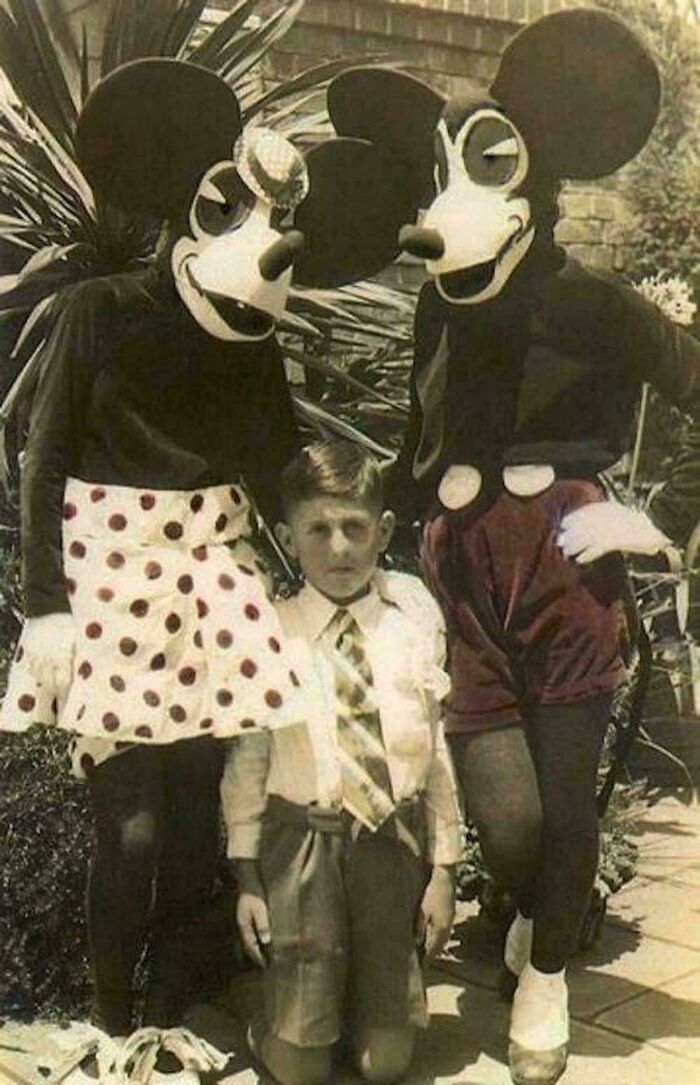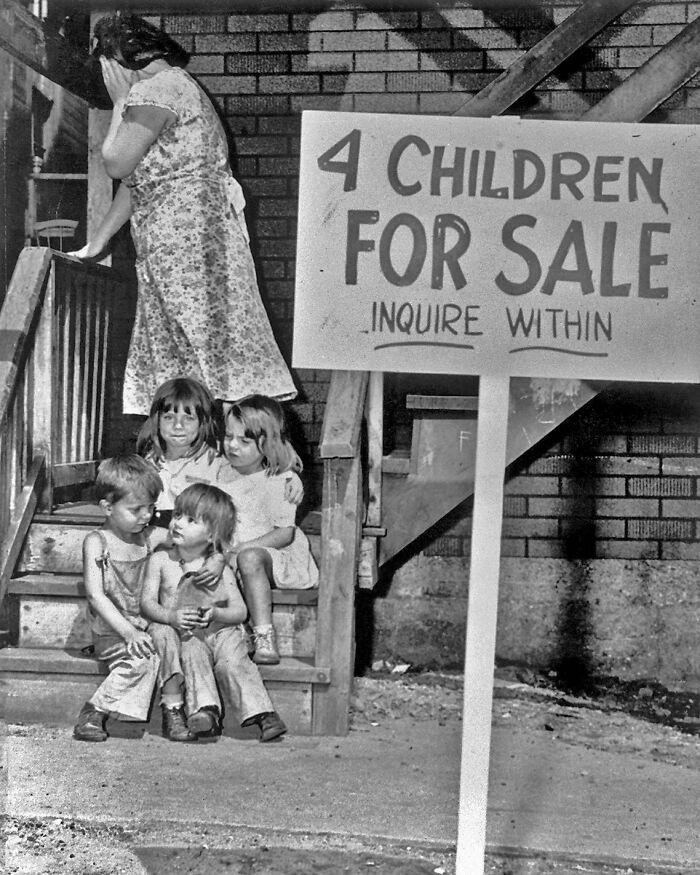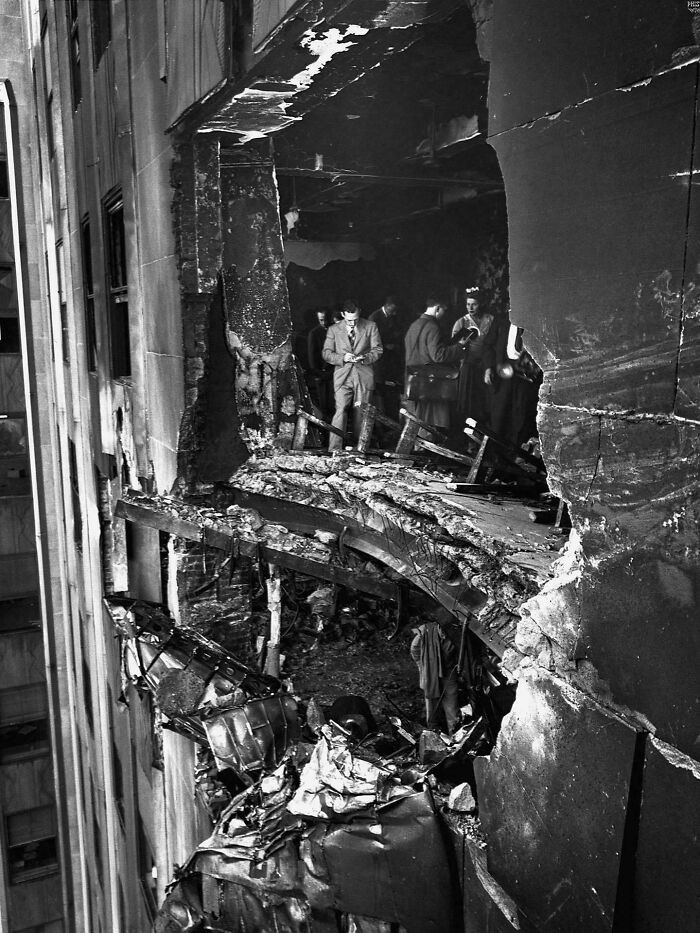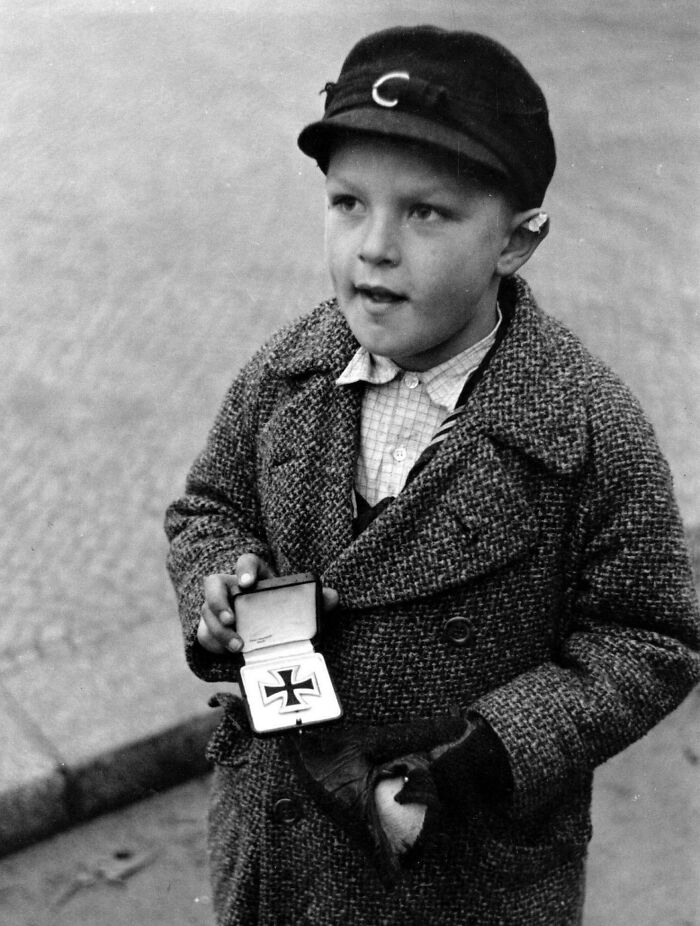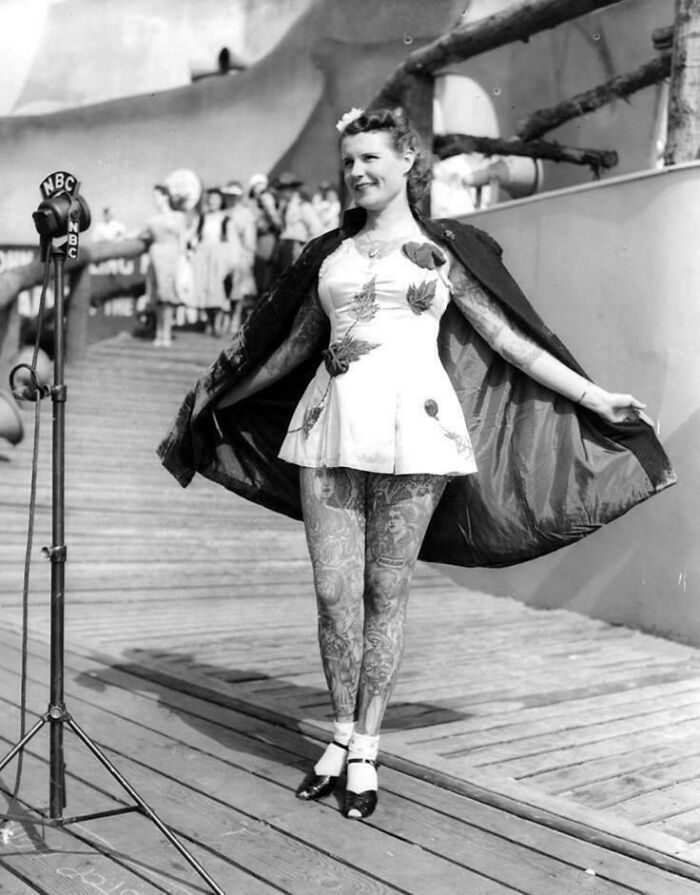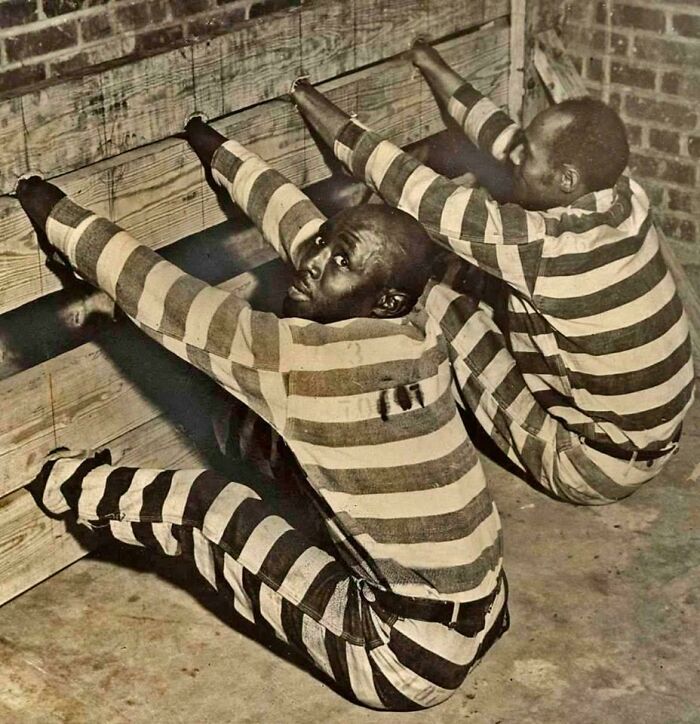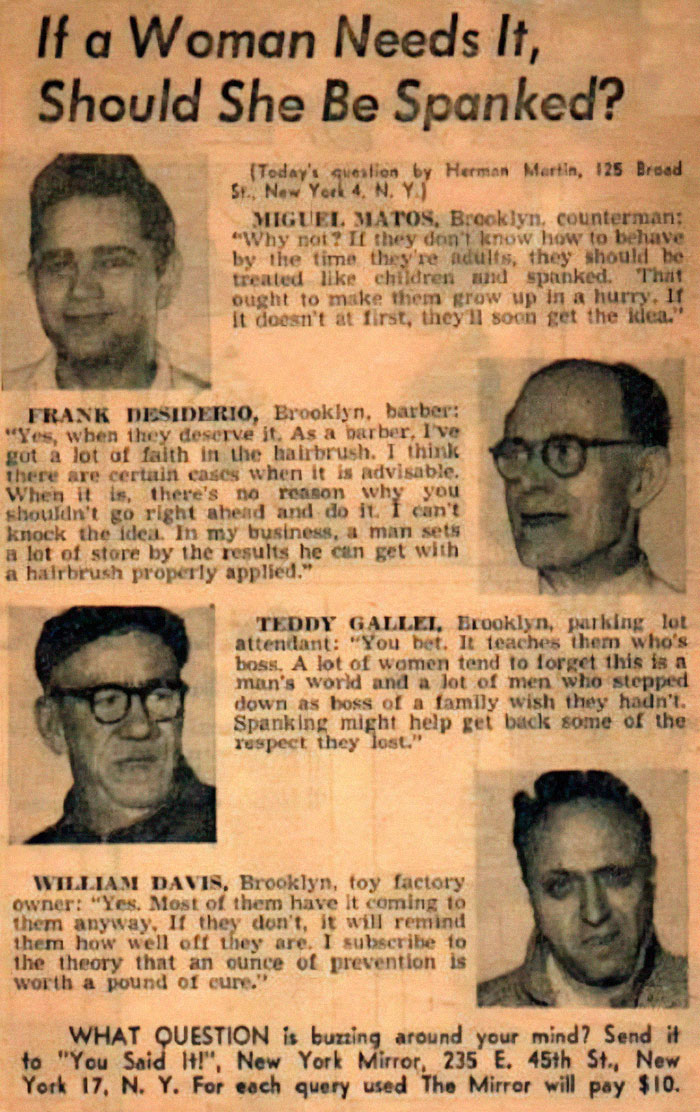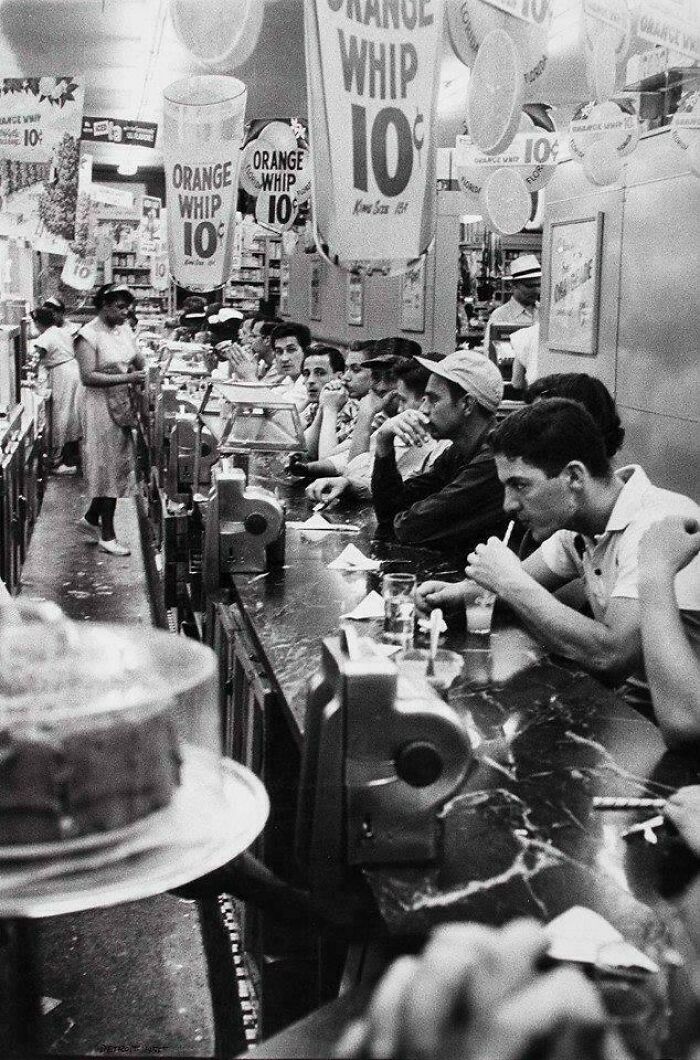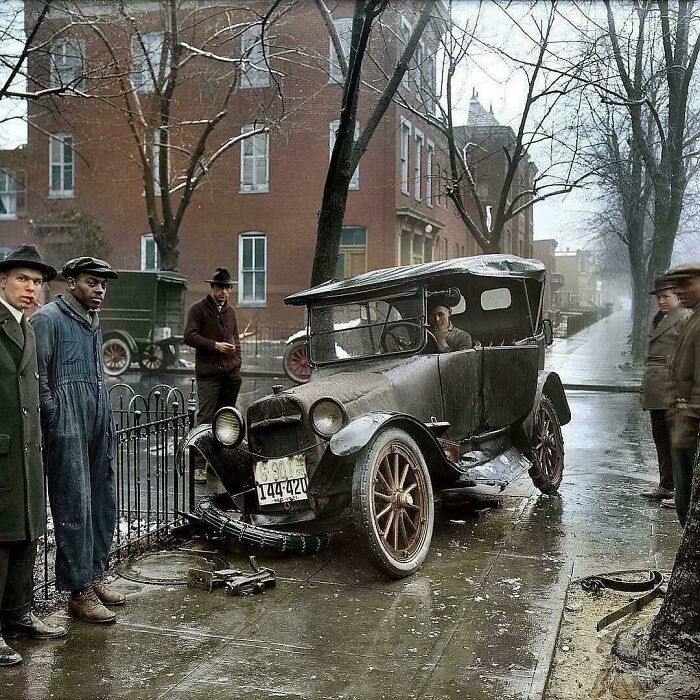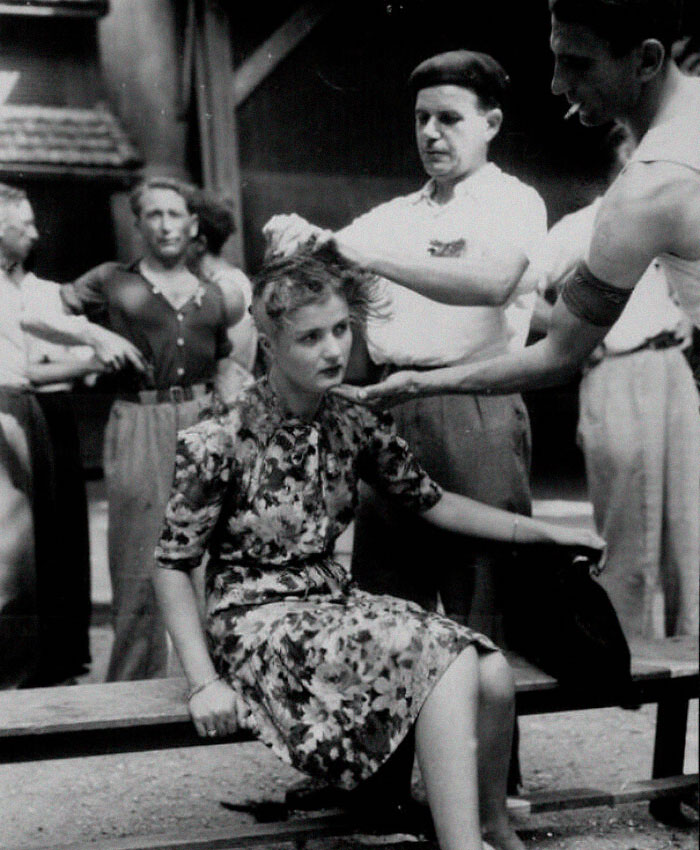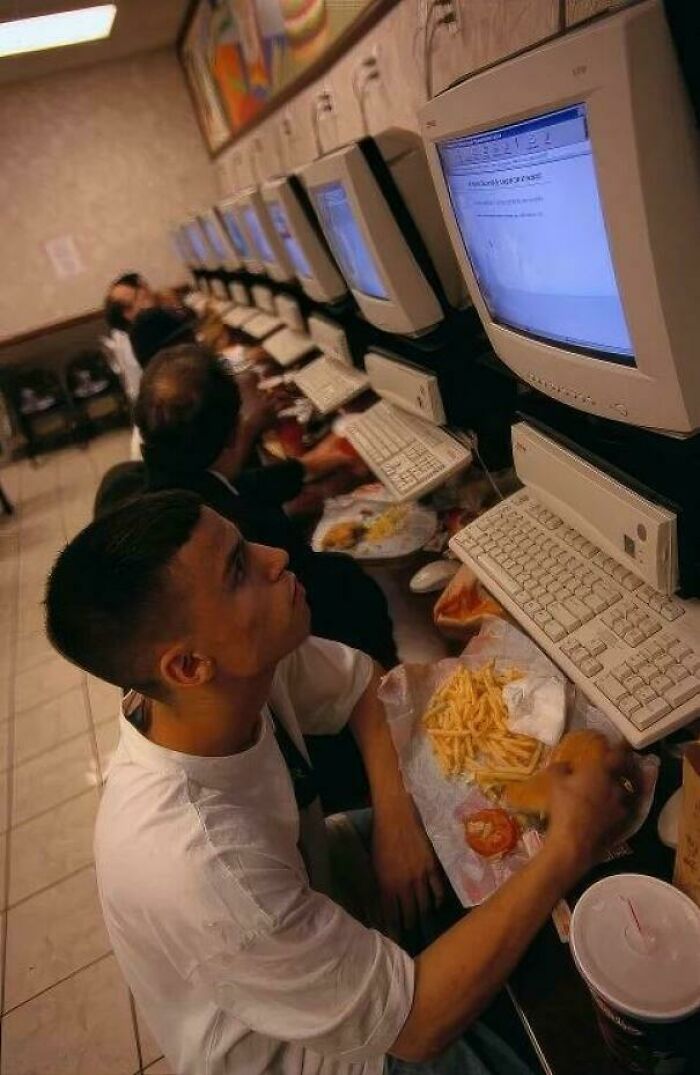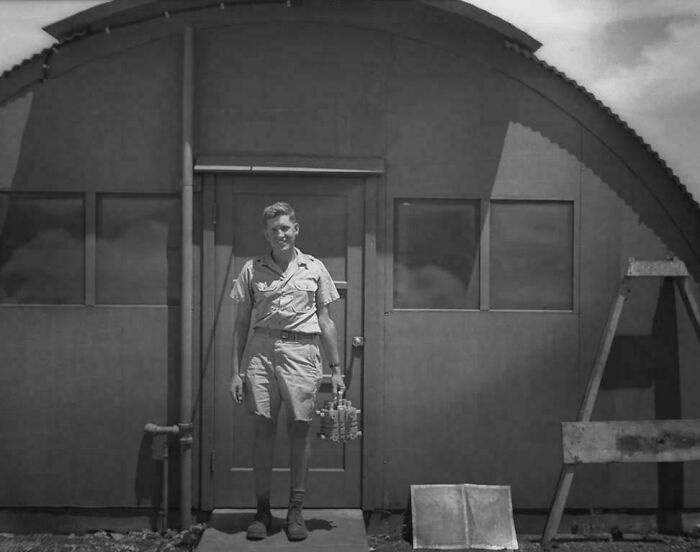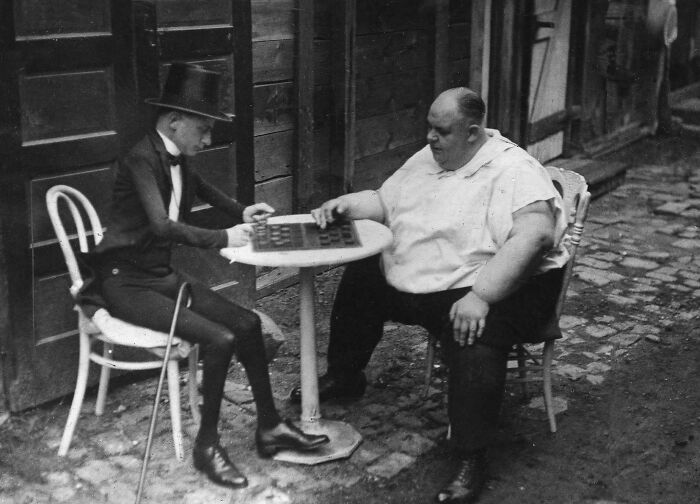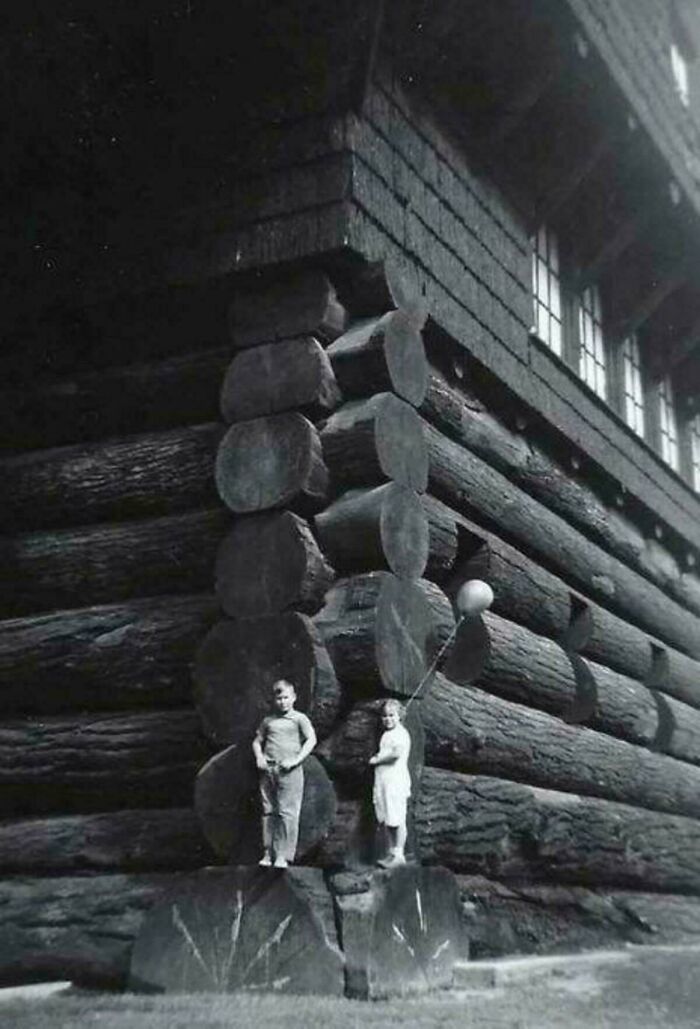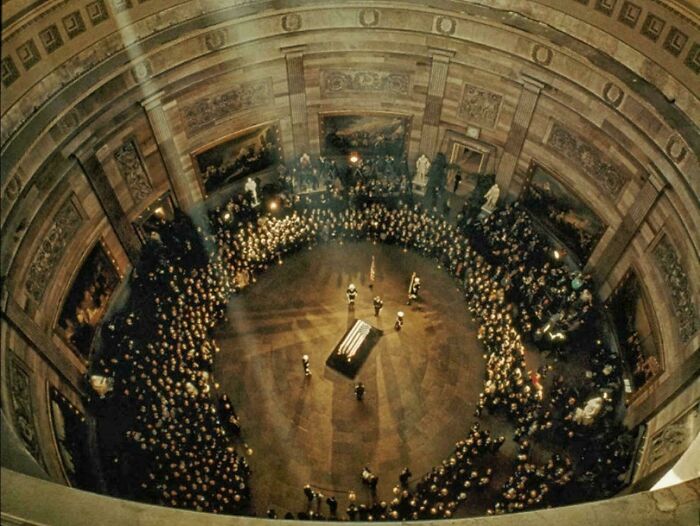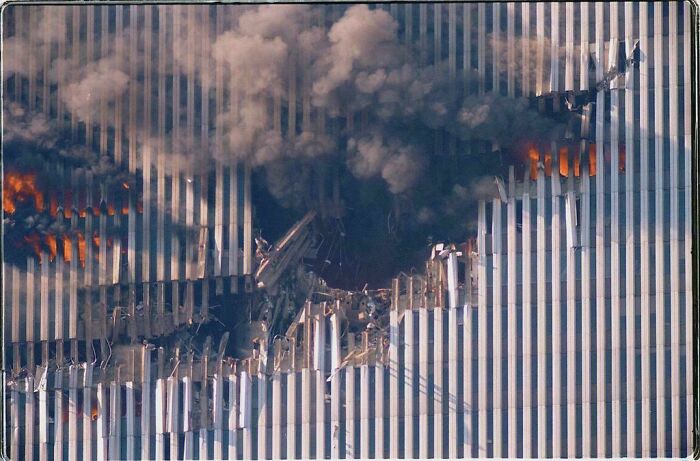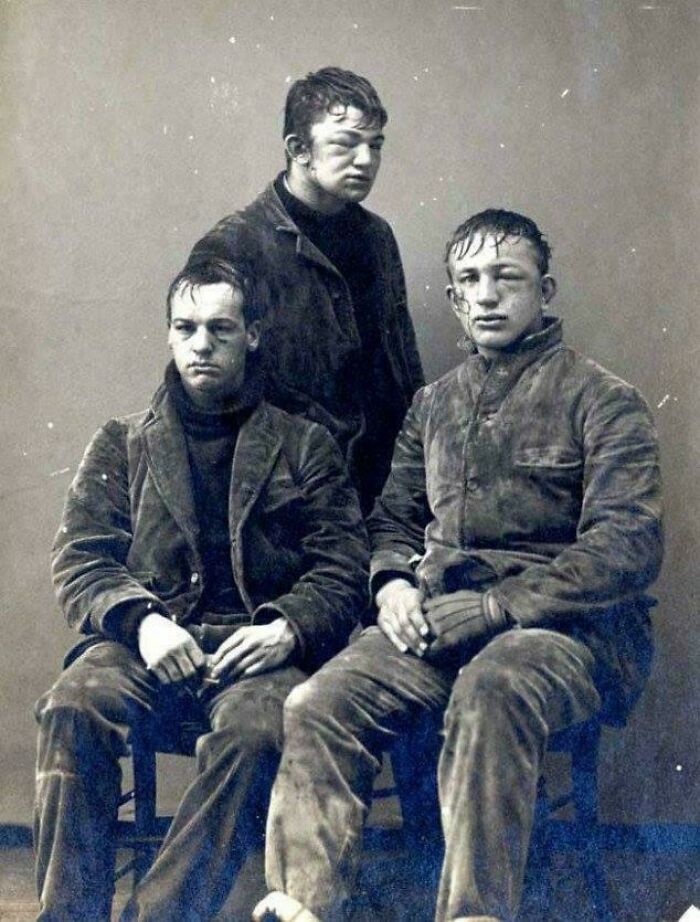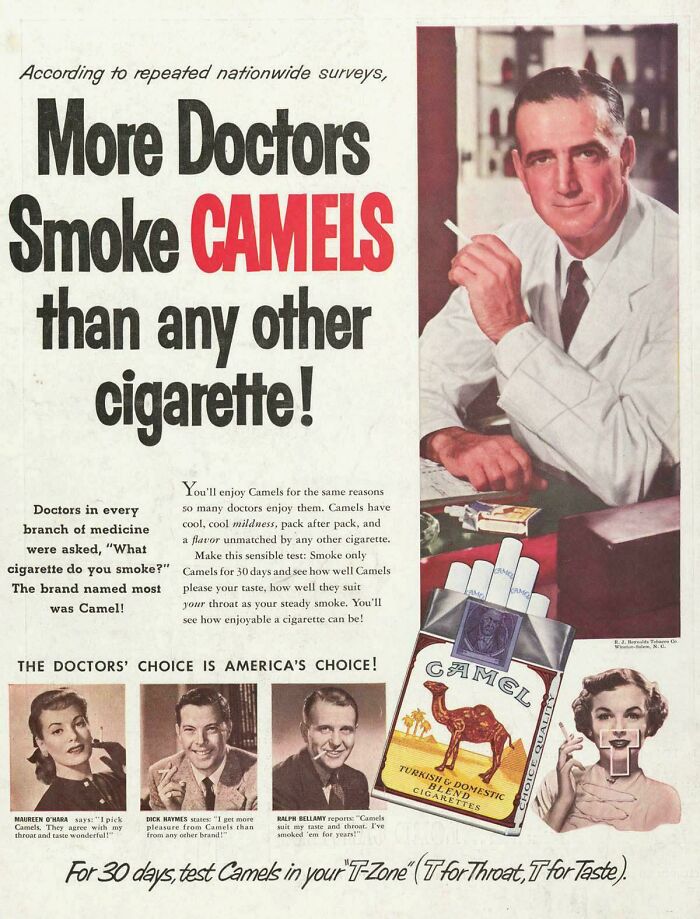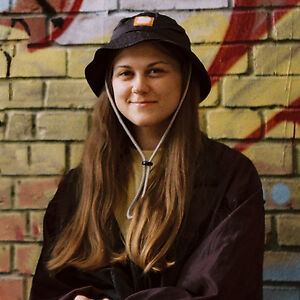It is a bit surreal to think that while we can’t physically experience history because we’re born in a particular place and time, the power of technology has empowered us to see it, understand it, and make conclusions from it.
Historical Capsule is a dedicated community that pretty much empowers people to do just that. Join us as we take a journey through time in this listicle of iconic historical photos below.
This post may include affiliate links.
100,000 Iranian Women March Against The Hijab Law, Tehran, 1979
Elizabeth Eckford Ignores The Screams Of Students On Her First Day Integrated Into A Little Rock High School, 1957
Two Little Kids Dancing On The Streets Of New York City, C. 1940
So, Historical Capsule is a subreddit that’s a “step into the past”. It’s an online depository for old and vintage photographs that tell stories from significant events and moments in history.
The subreddit is home to 50,000 members, being ranked in the top 3%, and encourages open discussion and celebration of all things history.
Anne Frank’s Father Otto, Revisiting The Attic Where They Hid From The Nazis. He Was The Only Surviving Family Member
Ruby Bridges, The First African-American To Attend A White Elementary School In The Deep South, 1960
A Former Slave Named Gordon Shows His Whipping Scars. Baton Rouge, Louisiana, 1863
On the surface, history might sound like a dull and boring discipline. However, if you dig deeper into what it’s all about, you begin to understand just how much essence it has and how much it has to offer in general.
After all, history might be something that’s all about the past, but you’d be surprised just how transformative it might be.
Lonnie Johnson, Inventor Of Super Soaker, 1992
A Lesbian Couple In Semi-Drag Wedding Attire. Kingdom Of Hungary, Budapest, 1920
Following A 23-Hour (Successful) Heart Transplant, Dr. Religa Keeps An Eye On His Patient's Vital Signs. In The Corner, His Assistant Is Sleeping, 1987
History professor Mary Jo Festle wrote a piece on how history as a discipline transforms students. In it, she explained that since there isn’t realistically any empirical evidence of this hypothesis, she took it upon herself to figure it out.
She asked nearly 60 of her students across 8 different sections of the small research seminars they hosted to give open-ended responses to prompts reflecting upon the change.
Reporters Who Exposed The Watergate Scandal Watch President Nixon Resign, 1974
While Cleaning Up From The World Trade Centers Falling, Crews Found A Shipwreck 7ft Below The Foundation That Dated Back To 1773
A Blind Muslim Named Muhammad Carrying His Best Friend A Paralyzed Christian Who Suffers From Dwarfism Named Samir, Damascus, Ottoman Syria, 1889
One of the main prompts was asking students to describe how their understanding of what history is changed during their studies.
A third of the students provided some form of “I now understand history is not just facts about names, dates, or a chronology of events.”
Remember That Photo Of The Construction Workers Having Lunch On The Unfinished Empire State Building? Well Here's The Photographer Charles Ebbets Taking That Photo, 1932
A Man Browsing For Books In Cincinnati's Cavernous Old Main Library. The Library Was Demolished In 1955
George Mclaurin, The First Black Man To Be Admitted To The University Of Oklahoma In 1948, Was Forced To Sit In A Corner Away From His Classmates
The answers verified the idea that the interpretive nature of history is a crucial lesson that can be considered a threshold concept.
One student elaborated that they realized how much power historians actually have, i.e. the power to construct the past. History is dynamic and a point of debate as a lot of the unknown in it can be argued.
A Father Looking For His Two Missing Sons That Went Missing During The Kosovo War In 1999
A Starving Boy And A Missionary In Uganda, 1980. Mike Wells Took This Powerful Photograph Of A Catholic Missionary Holding The Hand Of A Starving Ugandan Boy
Sharpshooter Annie Oakley Shooting Over Her Shoulder Using A Hand Mirror, Circa 1899
Another point to mention is that students didn’t see themselves as books full of facts and figures in history. It’s these same activities of interpreting and analyzing sources, conducting research, looking for influences and biases and challenging what has been read from a critical, multifaceted standpoint, that makes all the difference in the discipline.
Cudjoe Kazoola Lewis: The Last Known Survivor Of The Atlantic Slave Trade Between Africa And North America. (Photo From The Early 1900s)
A Skateboarder Zipping Through Central Park In The 1960s
A 1912 Photo Shows A Woman Plugging In Her Electric Car
Another student pointed out that, before their studies, they enjoyed watching documentaries and furthering their knowledge that way. After them, however, it was an eye-opening experience to understand that they can now discover history for themselves, see how the evidence works and the puzzle pieces fall into place. There’s more of a hands-on approach than meets the eye.
A Filipino-American Family Posing For A Family Portrait, Philippines, 1912
Allied Soldiers Mock Hitler Atop His Balcony At The Reich Chancellery, 1945
Joseph Goebbels, The Main Propagandist Of The Nazi Regime, Upon Finding Out His Photographer Was Jewish
If anything, the mini study concluded that in 70% of all cases, history topics were personally challenging in terms of values and assumptions about the world. Among these were themes and topics like gender and sexuality, religious history, the Holocaust as well as Nazism. A number of them touched upon issues of race and foreign policy, civil war and ideology.
Greenpeace Tries To Stop Radioactive Waste From Being Dumped In The Ocean, 1982
Rat Pack At The Sands In Las Vegas, Circa 1960
A Chinese Lady Whose Feet Were Bound From Childhood. Photo From The Late 1800s
This ultimately led to some openly expressing how challenging topics have made them better human beings. One pointed out how Islam studies brought to light racist assumptions. Another changed their opinion on same sex marriage after investigating sources from LGBTQIA+ people. It gave them perspective. Perspective that made them rethink what they thought before.
An Unemployed Man Holding A Troubling Sign During The Great Depression, 1932
Greasers In New York City, 1950s
A True Friend. Taken In A New York Bus Terminal Just Before They Left For The Worsening Situation In The Pacific, 1941
So, what are your thoughts on any of this? Has history changed you, and if so how? Or mayhaps you have an interesting historical story to tell that might fit this listicle. Whatever the case, share your takes and commentary in the comment section below!
And there’s plenty more historical content where that came from.
A Us Marine Gives A Cigarette To A Japanese Soldier Buried In The Sand. Iwo Jima, 1945
An Undercover Police Officer Apprehends A Mugger On The New York Subway, 1985. Photo By Bruce Davidson
Northumbrian Miner Sits Down To Eat His Evening Meal, 1937
In 1963, Wives Say Goodbye To Their Loved Ones In The Navy
Navajo Youth Tom Torlino As He Entered The Carlisle Indian Industrial School In 1882, And Again 3 Years Later
View Of Boston, The Oldest Surviving Aerial Photograph Ever Taken. October 13th, 1860
The Microsoft Staff, 1978
Last Four Couples In A Dance Marathon, Chicago, Circa 1930
The Rarely Seen Back Of The Hoover Dam Before It Was Filled With Water, 1936
Former Beauty Queen, Miss Wyoming Winner Joyce Mckinney Being Arrested By Police
After kidnapping Mormon missionary Kirk Anderson from his church, forcing him to be her sex slave for 3 days. 1977

 Dark Mode
Dark Mode  No fees, cancel anytime
No fees, cancel anytime 




